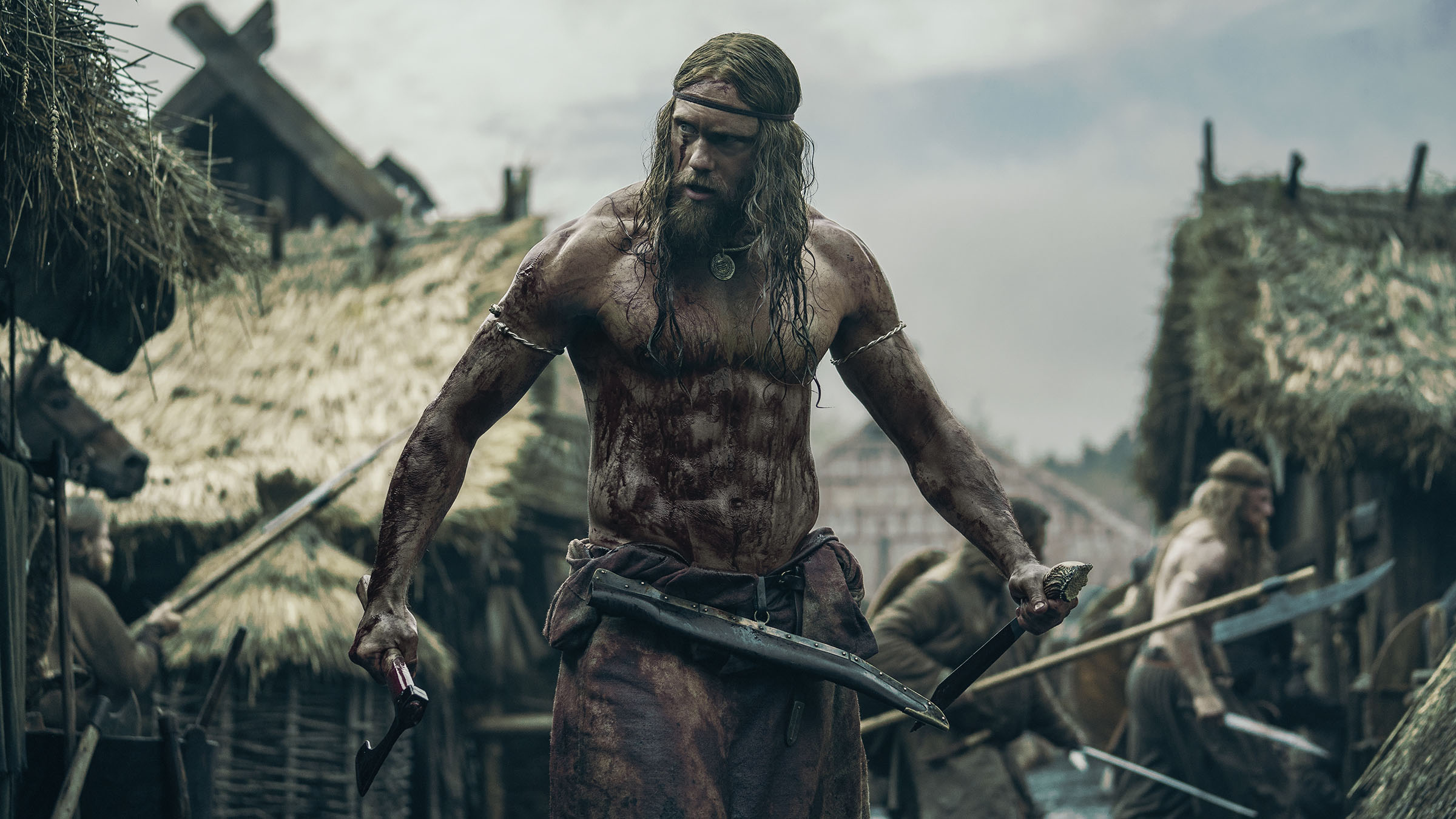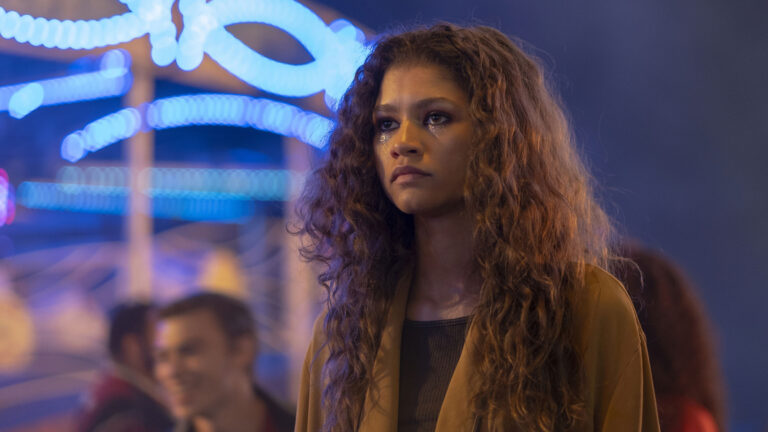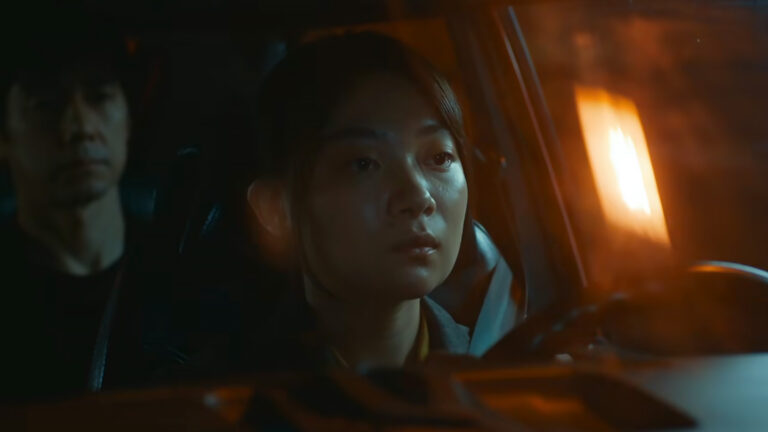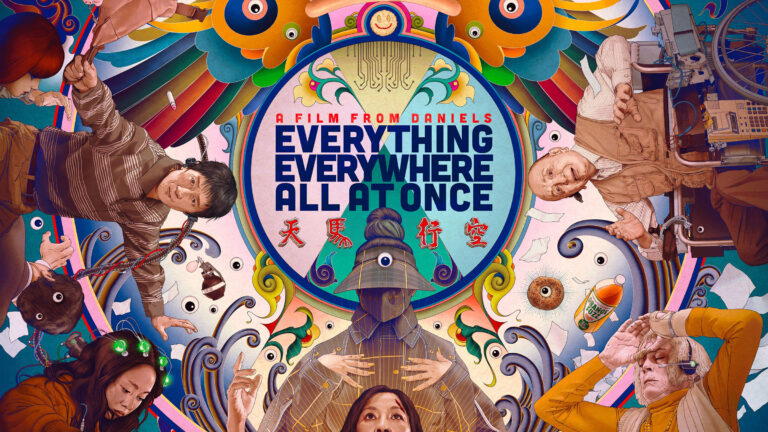Today we’re speaking with Louise Ford about editing the Robert Eggers film, The Northman.
Louise was nominated for an Independent Spirit Award for Best Editing for her last Robert Eggers film, The Lighthouse. Her filmography also includes features including Bad Education, Wild Life, Don’t Breathe, and another Robert Eggers film, The Witch.
Listen while you read…
HULLFISH: One of the things that I wanted to talk about with The Northman is just the amount of tension that is in this movie: the sense of tension. Can you talk to me about how you build tension as an editor?
FORD: It’s holding the shot as long as you possibly can. And, of course, with Robert Eggers and Jarin Blaschke, the way that they shoot famously is to use a lot of oners.
I find it actually quite difficult to intellectualize the process, because to me it is a hundred percent intuitive. It’s what I feel when I’m watching a performance, or if I’m in a scene.
To me, the most tense scene in the whole film is between Nicole [Kidman] and Alex [Skarsgård]. It’s a scene—a very quiet scene—in a room with two people talking. That’s literally all it is. The tension is in the dialogue. Obviously, the performance as well. It becomes a case of “what take do you choose?”
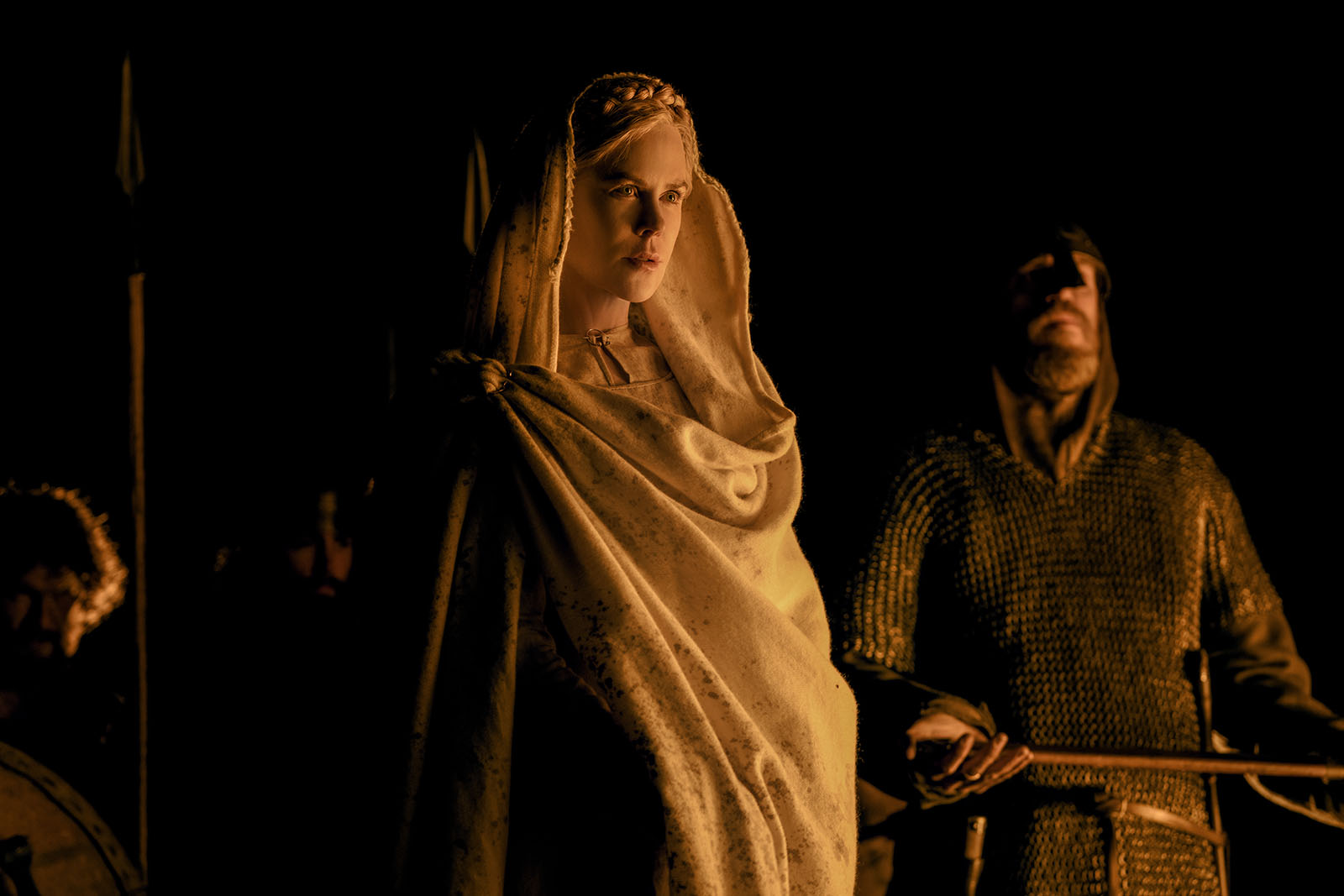
Take choice is everything, and that was all predicated by performance for me. It’s performance, but also an innate timing when you make a cut. To take that scene of Alex and Nicole, for example, I’m just trying to feel empathetically the same emotions that those two characters are feeling as they’re going through that scene. Therefore, that’s what I’m looking for in the performance, which builds the tension.
The BFI (British Film Institute) flew me over to London a few years ago to talk about genre editing after The Witch. I find it really difficult because it’s all about humans, characters, and drama. It doesn’t matter whether it’s a horror film or a science fiction film, or a contemporary love story. I approach it all exactly the same way, just through human beings.
I always come back to “If it ain’t on the page, it ain’t on the stage.” I’ve been very lucky in some respects, meeting Robert Eggers, meeting Cory Finley—my two main directors that I work with a lot—who are both brilliant writers. There’s an element of luck, but there’s also a choice you make as an editor when you’re sent scripts and what you want to work on.
It’s all there on the page. Just go with your gut.
HULLFISH: In that scene with Nicole—the one that you were just speaking about—that was so tense! I think that one of the things you have to do as an editor is be empathetic to both characters. You need to be thinking, “What is he thinking while she’s talking? What is she thinking while he’s talking?” and that determines who you’re on.
FORD: Totally, because somebody listening can be more tense, obviously. Sometimes you want to see the impact of the words on the person that’s hearing them more than you want to see the person saying the words.
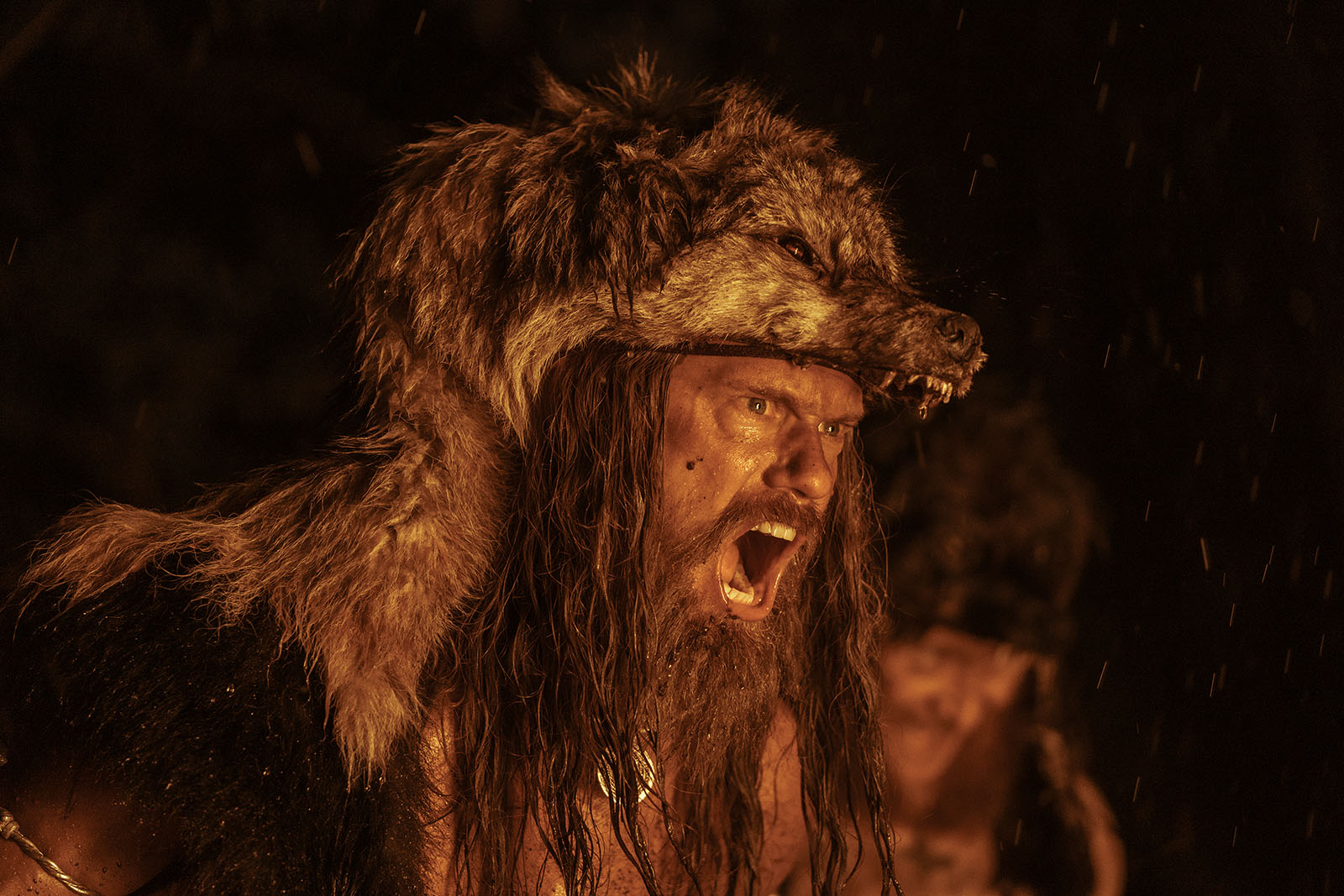
Talking about empathy, it’s interesting to me that Nicole’s character, Gudrún, in this story is seen as this manipulative, Lady Macbeth-type character. To me, maybe as a woman, looking back into the 10th century, she has been a slave, she’s been raped. She’s gonna be looking out and trying to survive. That’s a survivor to me.
She’s not a bad character. She does do bad things, there’s no question, but I don’t believe in bad people and good people. We’re all good and bad. I think we can all do horrendous things given the correct circumstances or conditions.
HULLFISH: I’ve heard it said before by multiple people that the villain in a story is the hero of their own story. Nobody thinks of themselves as a villain.
FORD: Well, nobody thinks they’re doing things for bad reasons. They all have a reason.
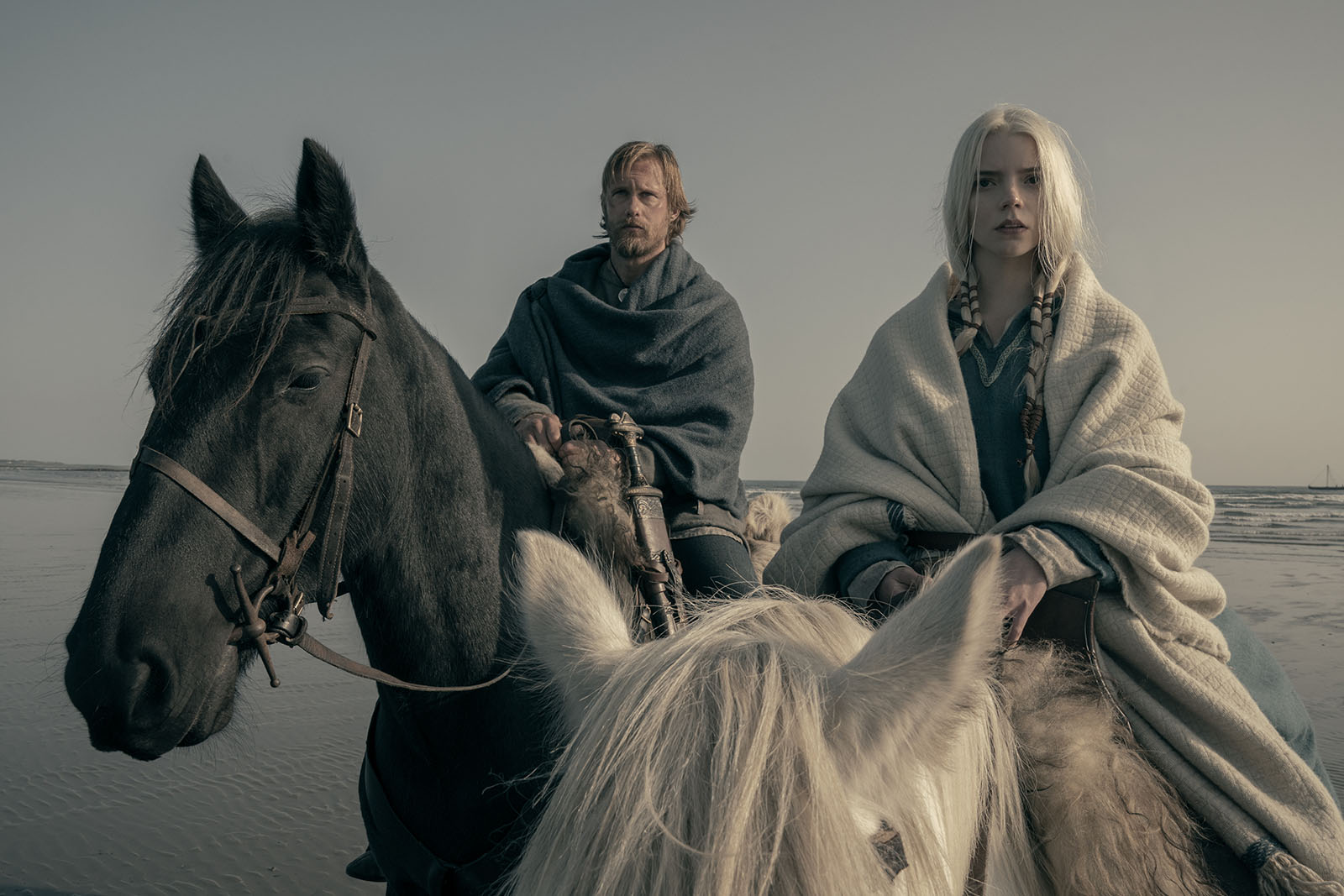
HULLFISH: Let’s talk about the brutality of this film. It was a pretty brutal and dark film. Do you have to do anything to protect yourself from that, or did you feel like you knew that it was your job and it was make-believe and that’s the end of it?
FORD: I get to see the swords bend and prang off to see that they’re rubber. It’s not real. It might be partly my sensibility as well that protects me from that. I’ve got quite a dark sensibility. I know it’s completely make-believe, and a lot of times I’m not looking at that anyway.
The brutality of this process for me was more about working so hard for so long because it was 14 months from beginning to end for the edit. Five months of shooting and then another 11 months after that.
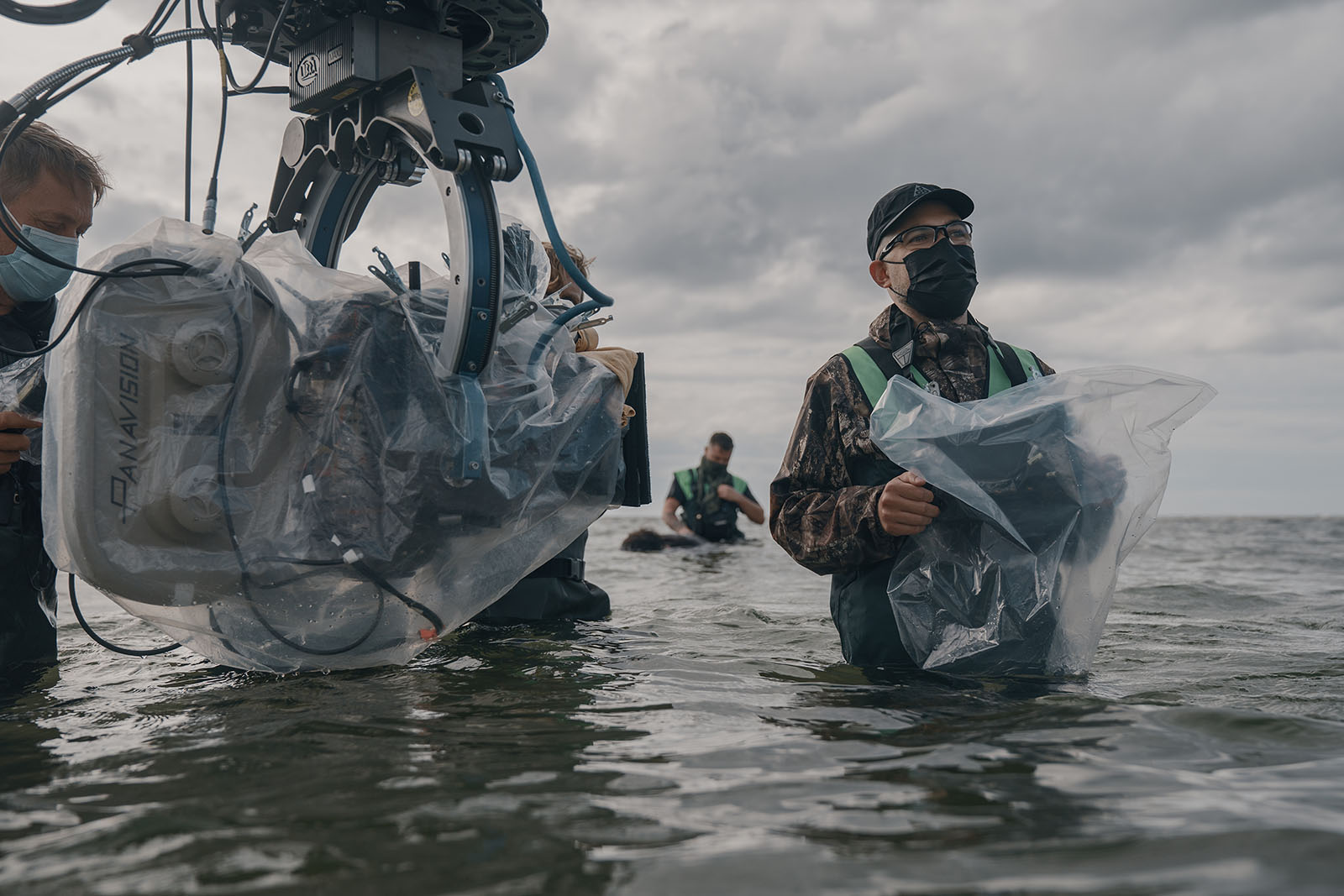
They started shooting in August, 2020, and we picture-locked November 2021. Then, of course there’s three weeks of mixing. I love the mix. That’s easy. The pressure’s not on me then. I’m just sitting in the back saying, “Make that sound better.”
I’ve got no interest in ever cutting a horror. I’m not into blood and gore for the sake of it. It’s not my bag.
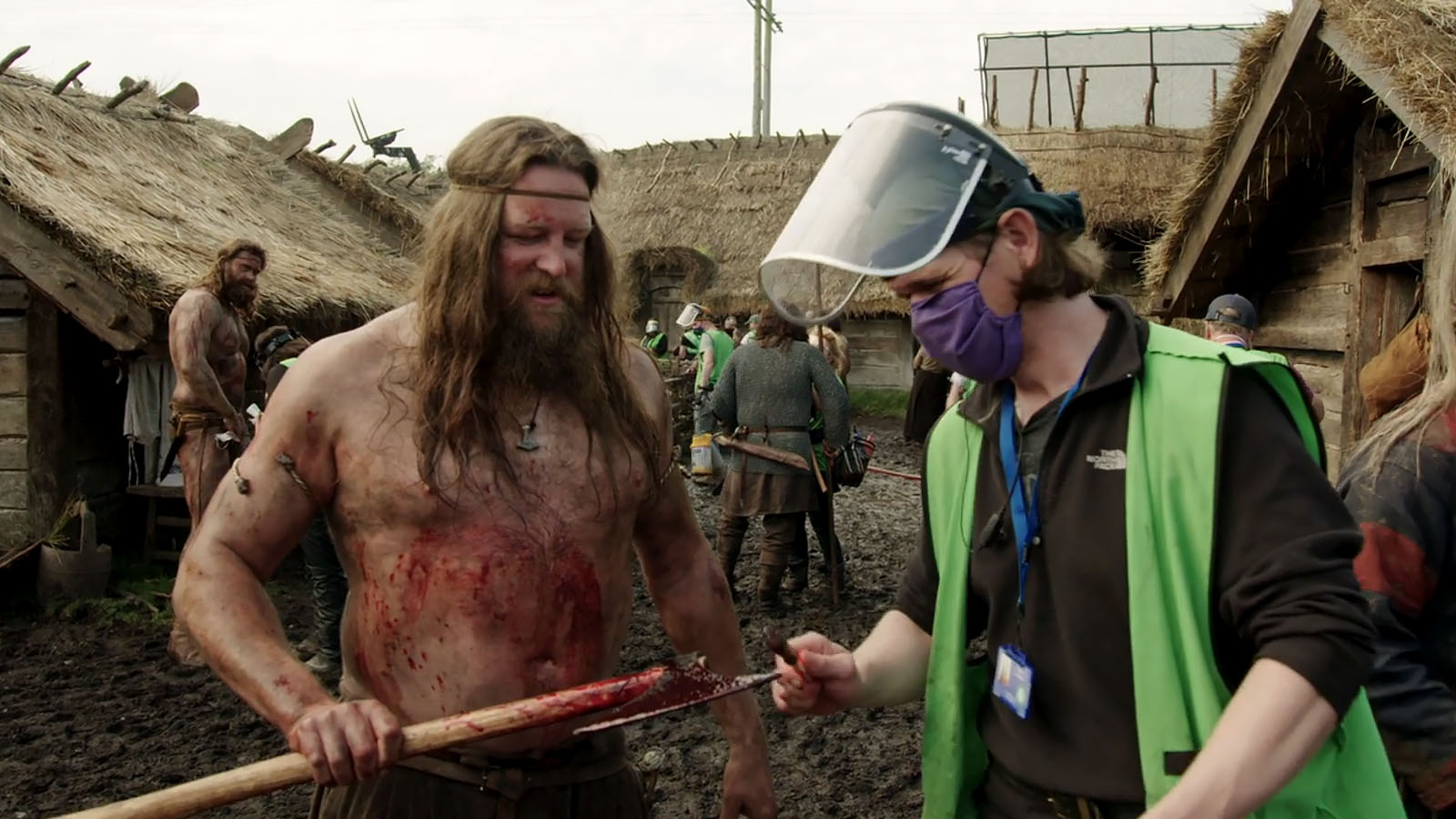
Check out the Art of the Cut podcast to listen to this interview, and stay up to date on all the latest episodes.
HULLFISH: Talk to me about the chapters. The movie is broken up into these chapters with black screen with this white Norse-looking lettering on it. Why use those chapter breaks? Did you try them without?
FORD: We used them because they’re in the script and that’s what Robert wants to do. We never tried them without. When you were watching it, were you thinking, “I don’t think we need these”?
HULLFISH: Not at all. I liked them. It gave me a sense of what’s to come and it gave me a sense of my place in the film.
FORD: It sort of mirrors that this obviously is an Icelandic saga originally, so if you think about something written down in a book… it’s a reminder that it’s a story.
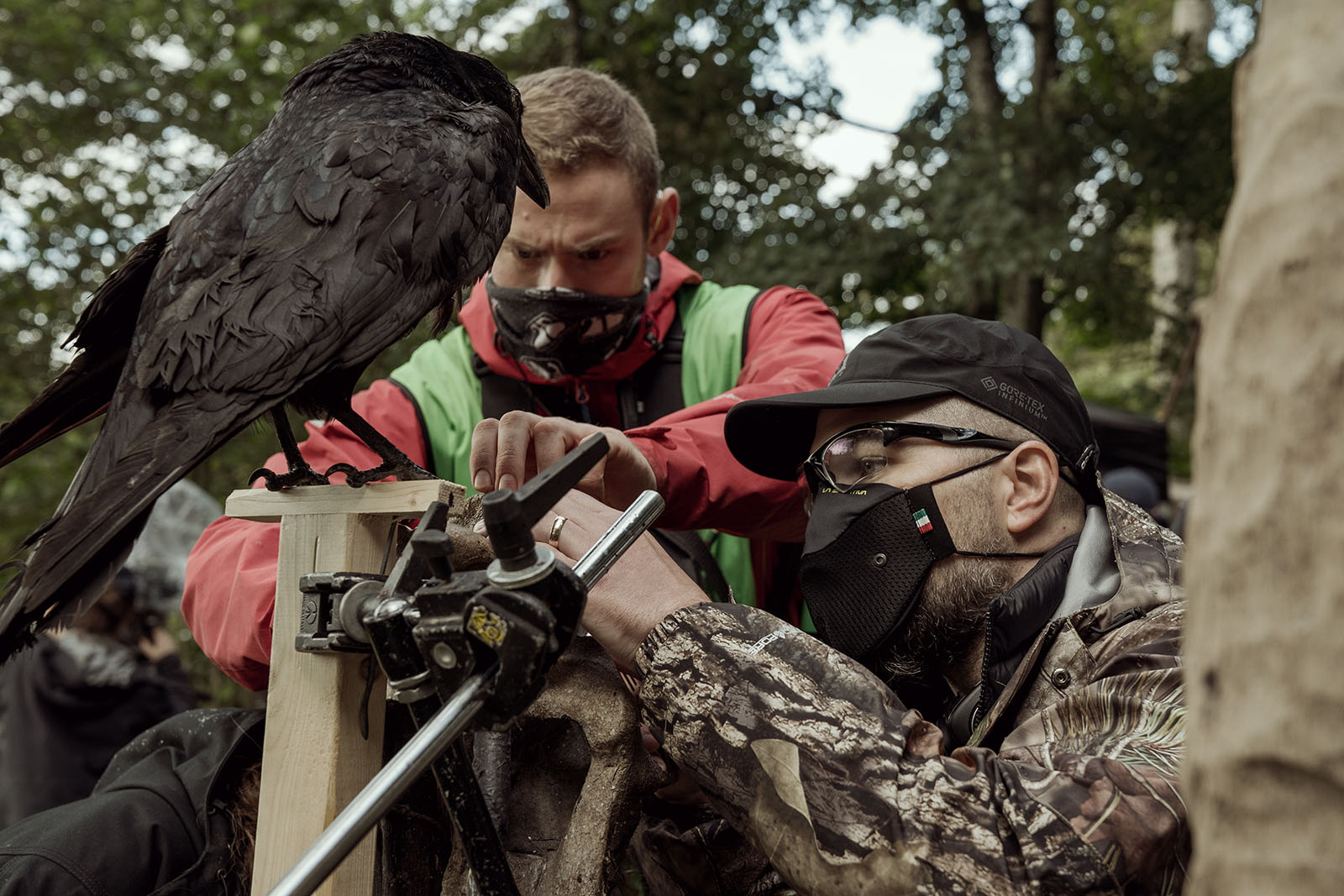
HULLFISH: I didn’t realize that this was taken from something.
FORD: Yes, it’s Saxo Grammaticus, The Saga of Amleth. It’s not a straight lift of the entire story, but it’s the same source material that William Shakespeare used for Hamlet basically—which really amuses me because I think of Shakespeare reading that story: uncle kills father and takes mother, son has to avenge.
That’s the basic structure of the story, but it really amazes me that Shakespeare is sitting there thinking, “Amleth. Amleth. What can I call it? Oh, I know. Just take the H from the end and put it at the front.” Can’t you think of anything better than that? I think it was Jim Jarmusch said, “We all steal, but the talent is knowing what to steal.”
HULLFISH: Absolutely. You’ve worked with Robert Eggers on The Lighthouse and The Witch and even on a short film called Brothers. How did that relationship begin?
FORD: And another short film before that. He did a version of The Tell-Tale Heart, the Edgar Allan Poe story.
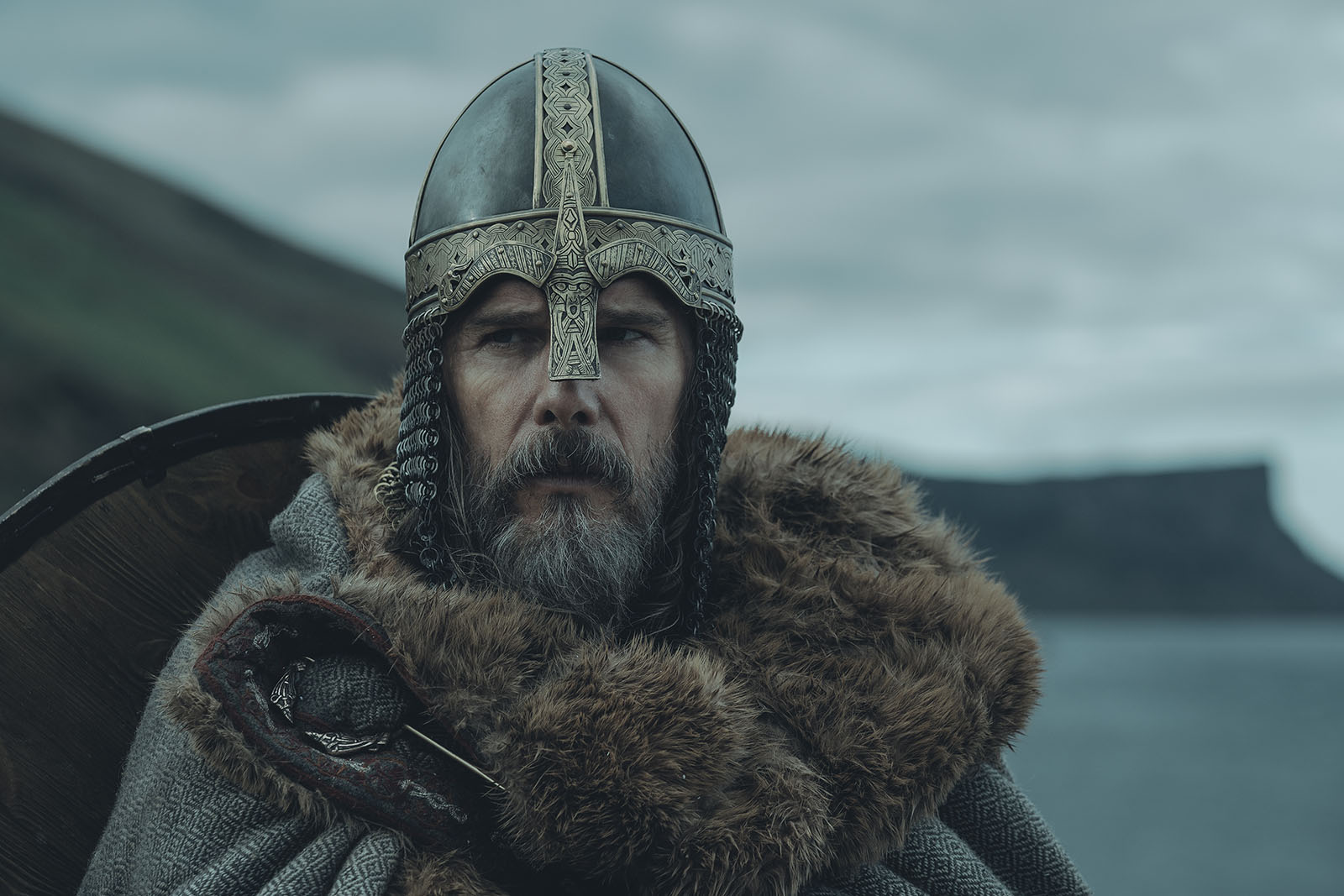
I was an assistant editor on a film working with Michael Taylor, who was my editing mentor, very fine film editor. I was his assistant. This would have been 2007. So, we were working on low budget indie film—shot on 16mm—and every day we had a runner who would take the film to be telecined overnight and then bring the tape to the edit room.
One day, the girl who was bringing the tape struck up a conversation and she was producing a short film with this guy that she’d known. She said, “Would you want to edit it?” I said, “Yes, I want it. I need to edit.”
I enjoyed being an assistant. There’s lots of things that appeal to me there—the librarian aspects of it, the perfectionist part a bit, all that stuff. But the technical stuff? Not so much.
I didn’t even train in editing until I was 34, 35. So, I wanted to edit. I didn’t want to be an assistant for 15 years. I didn’t have time to be an assistant for 15 years. So, I wanted to just get out there. I said, “Yeah. Bring us a script.” She gave me the script for The Tell-Tale Heart. I was reading it and was just blown away instantly. “This guy can write. This is compelling.”
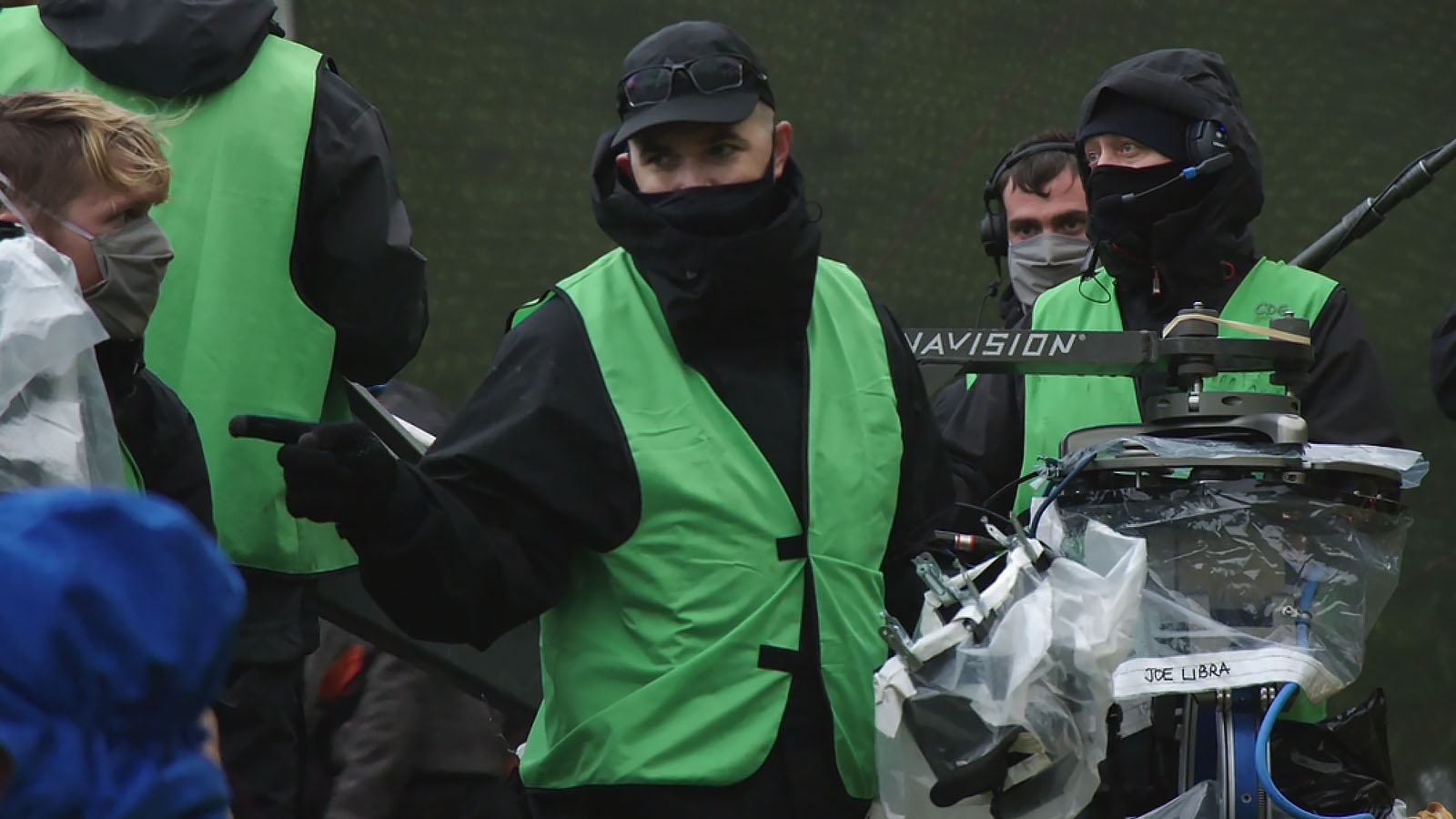
I went to meet him and we just hit it off straight away. We’ve both got similar weird interests. A bit gothy, left field. I was very lucky. I was a kid growing up in the seventies and my mom and I went to the bookshop every week and she introduced me to a lot of really interesting illustrations. Brian Froud and Alan Lee, who did the illustrations for Lord of the Rings.
In the seventies, I guess it was a hangover from Tolkien. So, I was introduced to Victorian book illustrators like Arthur Rackham, Gustave Doré, and all this stuff.
So, I had these as my reference. It was in my DNA. My mom used to read a lot of horror books and watch horror films, and I was really into it. I grew up being into reading and weird shit, and when I met Robert, it’s like “bang!” The brother from another mother, basically.
HULLFISH: I think it’s so interesting for people that are trying to either get into the industry or understand how they can move up or get a job that so often it’s a personal connection with someone more than it is, “She’s going to be the greatest editor in the world.” It’s like, “I am going to relate to her. I feel our tastes are the same.” That’s much more important.
FORD: Yes. It so is. As I mentioned, my husband, Andrew Ford, was an Avid editor back in the mid-nineties in the UK when I met him. I was working in the magazine industry. I was a journalist. For years, I would finish my shift at work, and of course him being an editor he’d still be working till eight, nine o’clock at night.
So, I’d finish and I would come and sit with him in the edit room. He would show me the things that he was cutting, and I’d say, “Why don’t you do that? Put that there. I don’t understand why he’s saying that. Can we figure that out?”
And he would always say to me, “Your notes are really good. Your notes are better than the notes I’m getting from the producer. You could do this.” I thought, “That’s lame. I’m going to marry this guy, then also just do the same job that he does?”
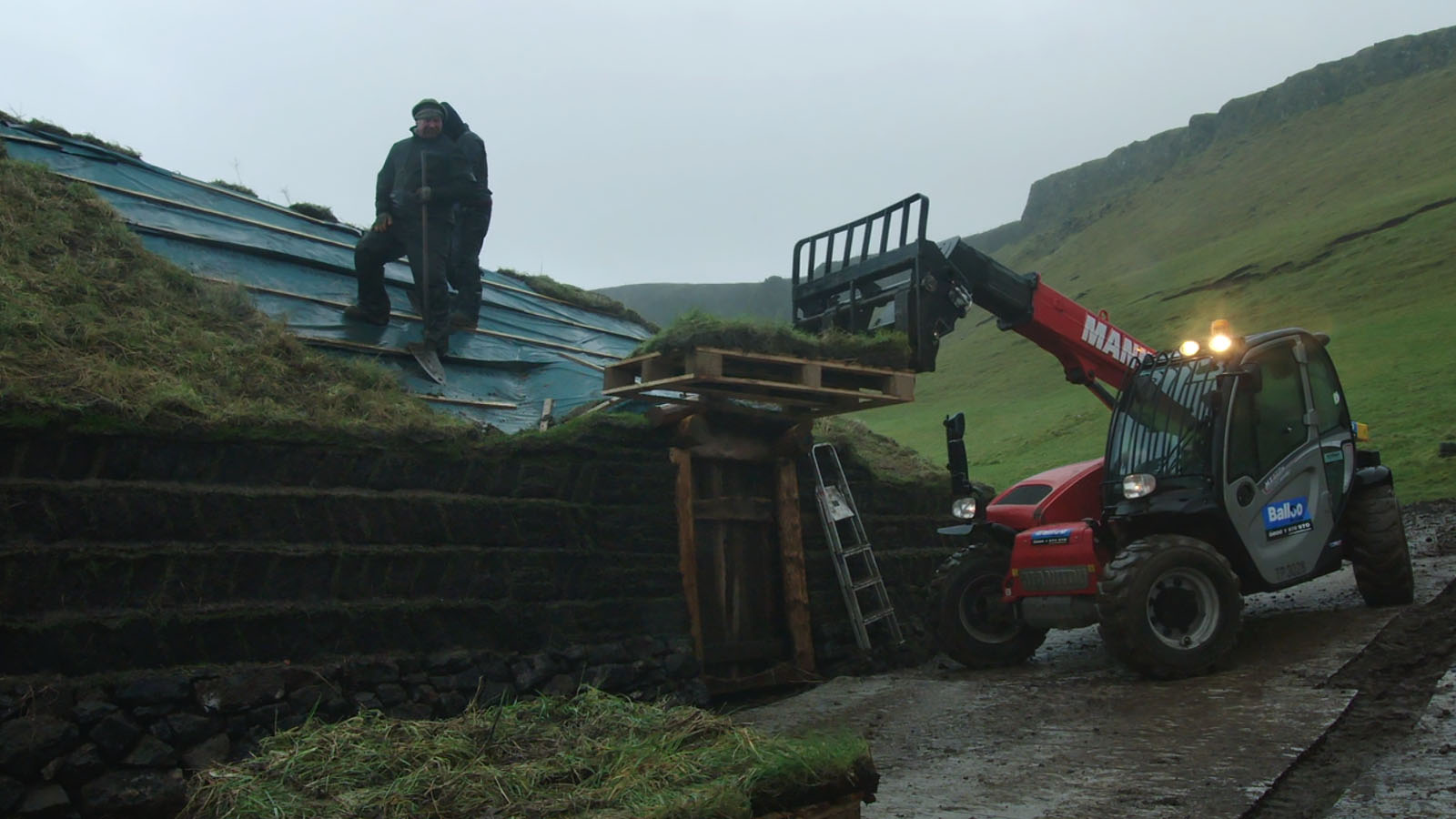
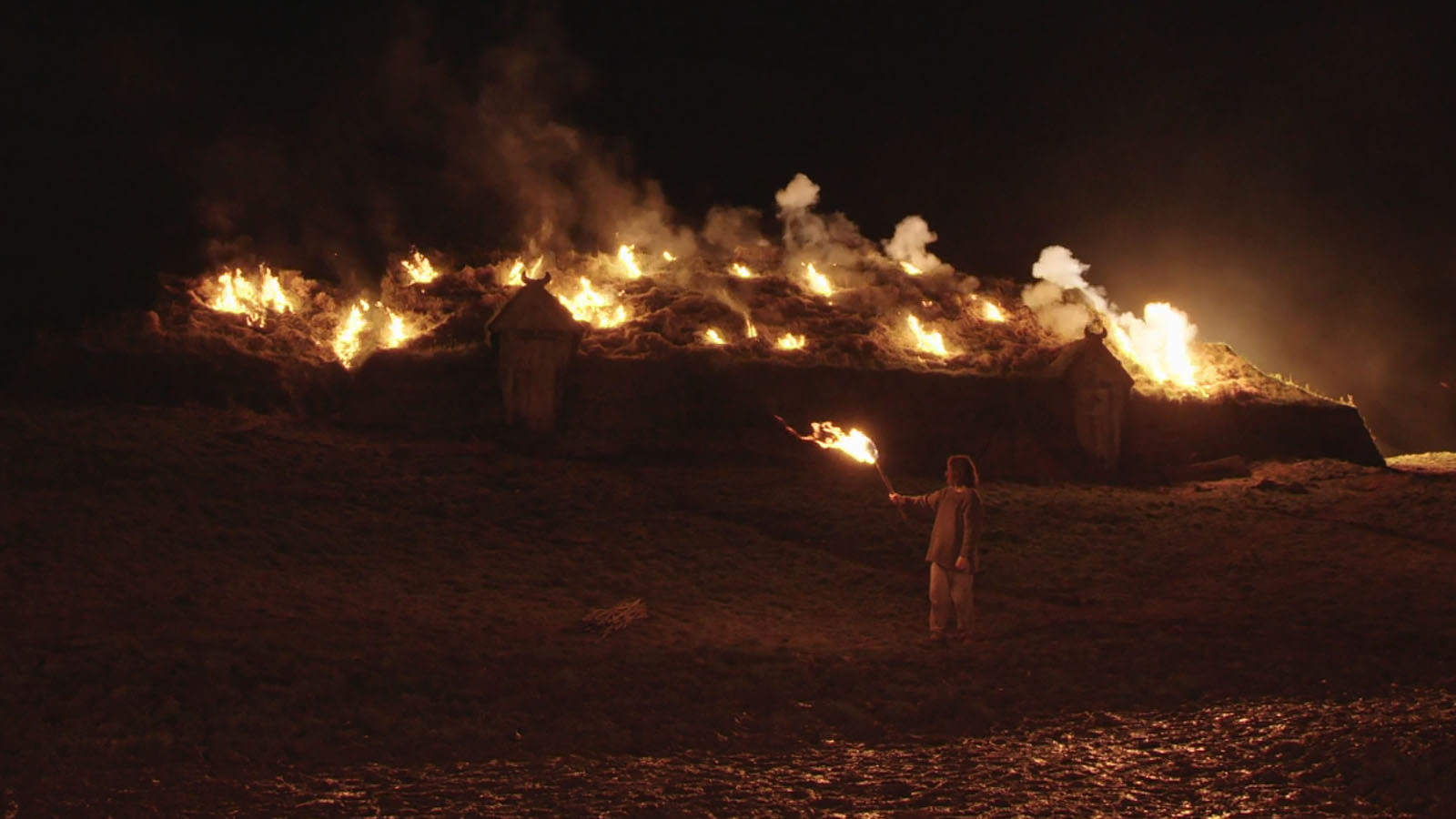
So, I resisted that for years. Also, what put me off was the technical aspects, because to me it seemed like it’s all tech. By the way, just to be clear, I was very tech savvy in terms of working on a computer as a journalist. It wasn’t like I was scared of computers or anything, but it was more like I thought that you had to know more about that stuff than you actually need to know.
He was an incredible encouragement to me because whenever I was being an assistant and I told him, “I don’t know how to do this. What do I do?” He would just be say, “Being an editor is not about that. You don’t need to know all that—like After Effects, or all this stuff.”
I also didn’t really have the interest in being super technically proficient. I’m interested in knowing what I need to know to enable me to do the storytelling part of the job, essentially.
I feel like I’m on a bit of a mission actually, because I think traditionally, of course, it’s well known that women were the first editors in Hollywood when it was perceived as a kind of craft like knitting or sewing. Then, when it became apparent how powerful a tool it was and how important it was to the filmmaking process, men realized, “It’s a creative thing. Let’s get in on that.”
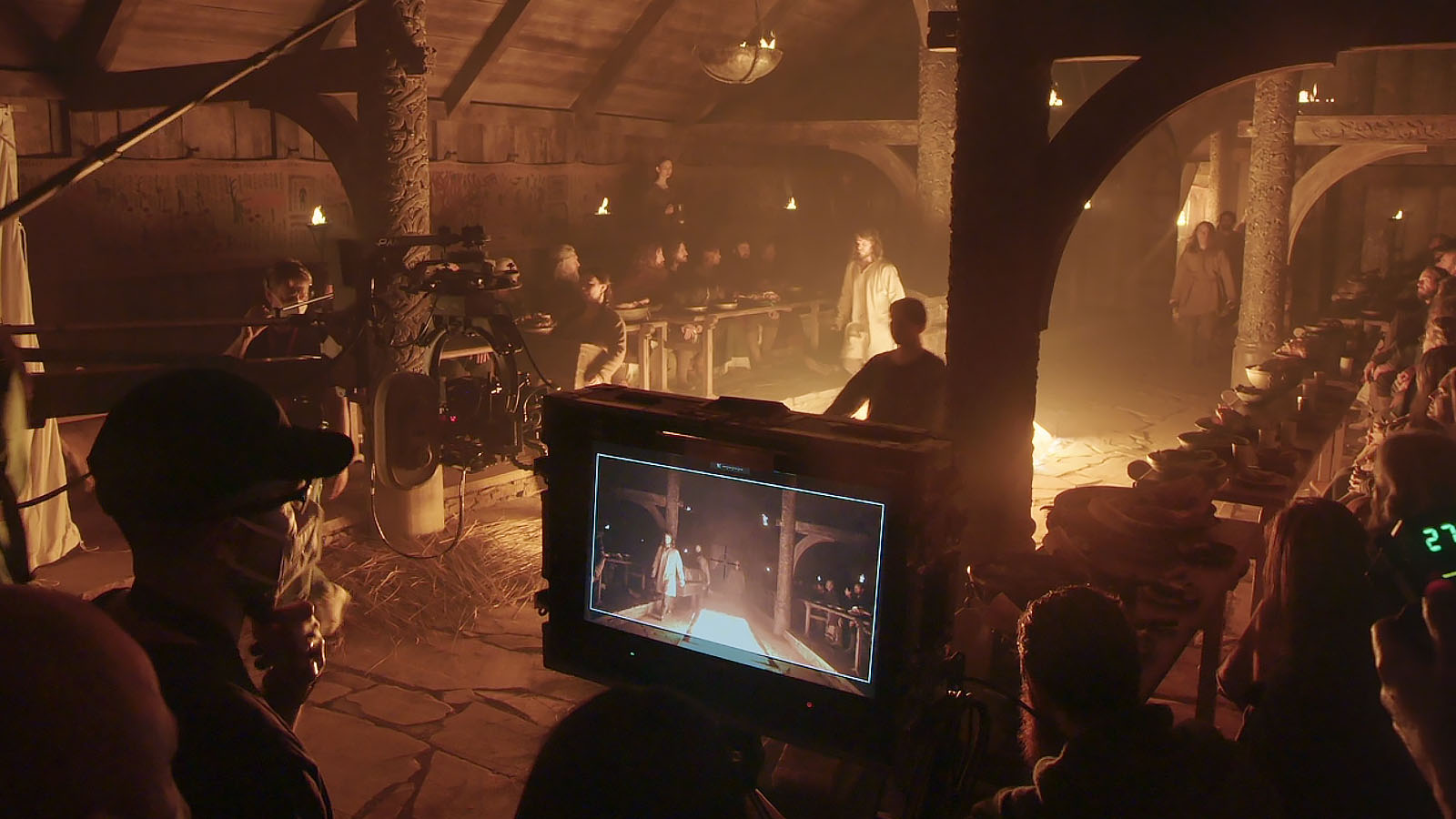
Maybe I’m being gender stereotyping here, but I do think it’s a thing as well that women of my generation were shyer about getting involved with equipment and cameras and all that stuff, and that held me back.
That’s why it took me so long to get around to it, but it was really encouragement from Andy, saying, “You don’t need to know any of that stuff.” I mean, you need to know a bit of it, but you shouldn’t worry about that stuff. It’s more about human beings, storytelling, and empathy.
HULLFISH: And that was already in your wheelhouse from being a journalist.
FORD: Yeah. It’s interesting. What I think was really useful for me being older and starting out in this was I had the confidence already. My job as a journalist, I was a copy editor, so it’s kind of doing the same job in a sense.
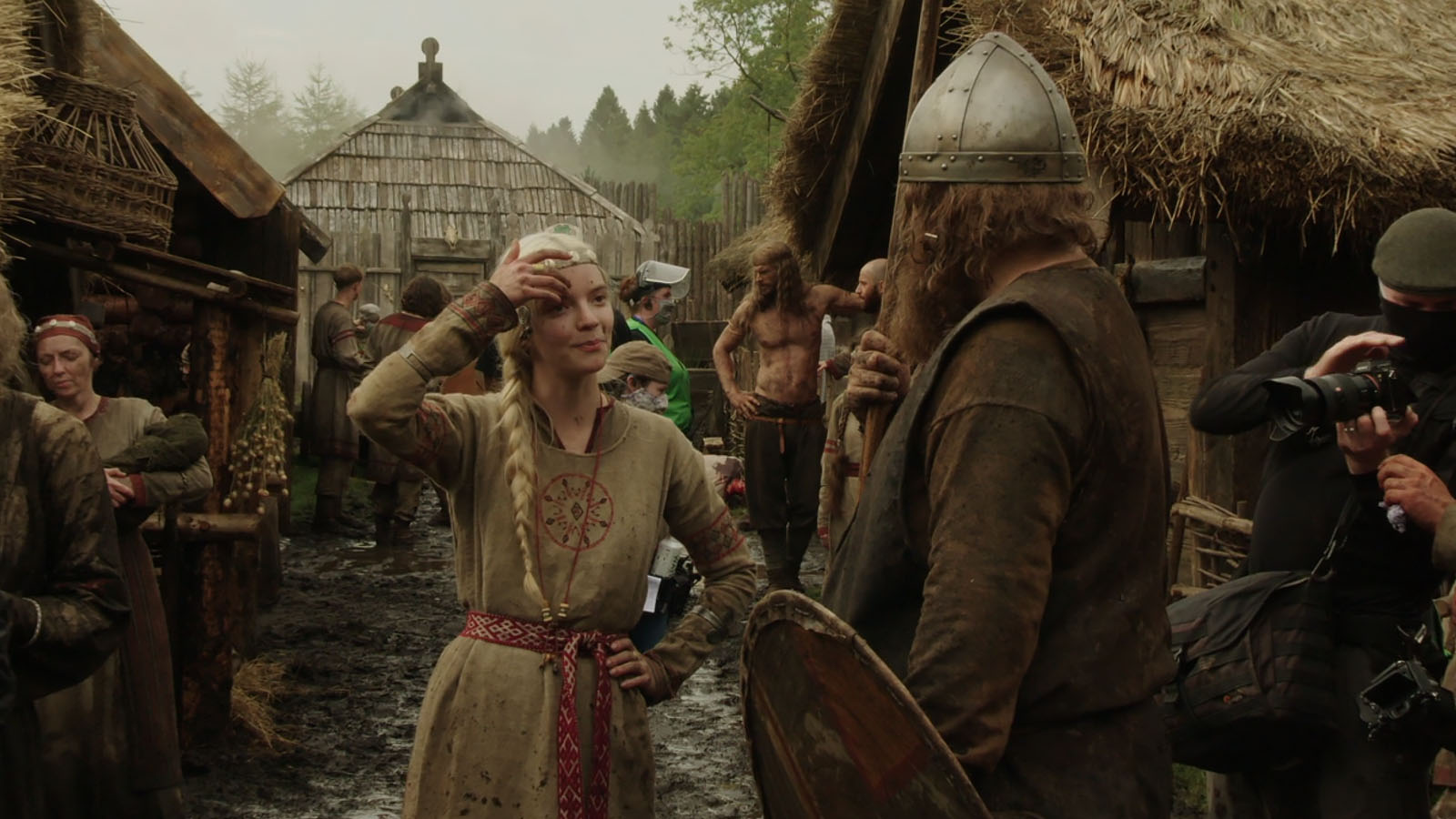
I would get the raw writing from the reporter and my job was then to shape that. I might have to rewrite the intro and I might have to shape the story so it’s got a beginning, middle and an end.
You’re doing the same thing as that visually with film, but also the confidence to cut and to make those decisions. I got so used to just cutting somebody’s writing. Maybe it’s part of my personality too, but I know I was never shy or nervous about making those decisions. I think that’s just naturally something that comes with getting older as well, just being more confident.
Also, with Avid and non-linear, nothing’s undoable anyway. I think some assistants maybe feel a bit of trepidation about taking that step, but they shouldn’t. They should just go with the gut.
HULLFISH: I talked to Pam Martin who just won the ACE Eddie for King Richard this year and she said, “There are films that I don’t think I could have cut—or couldn’t have cut as well—when I was younger. Now that I’m older, I have the experience, not just in editing, but in my life.”
FORD: Exactly. Yeah. I think we get better as we get older.
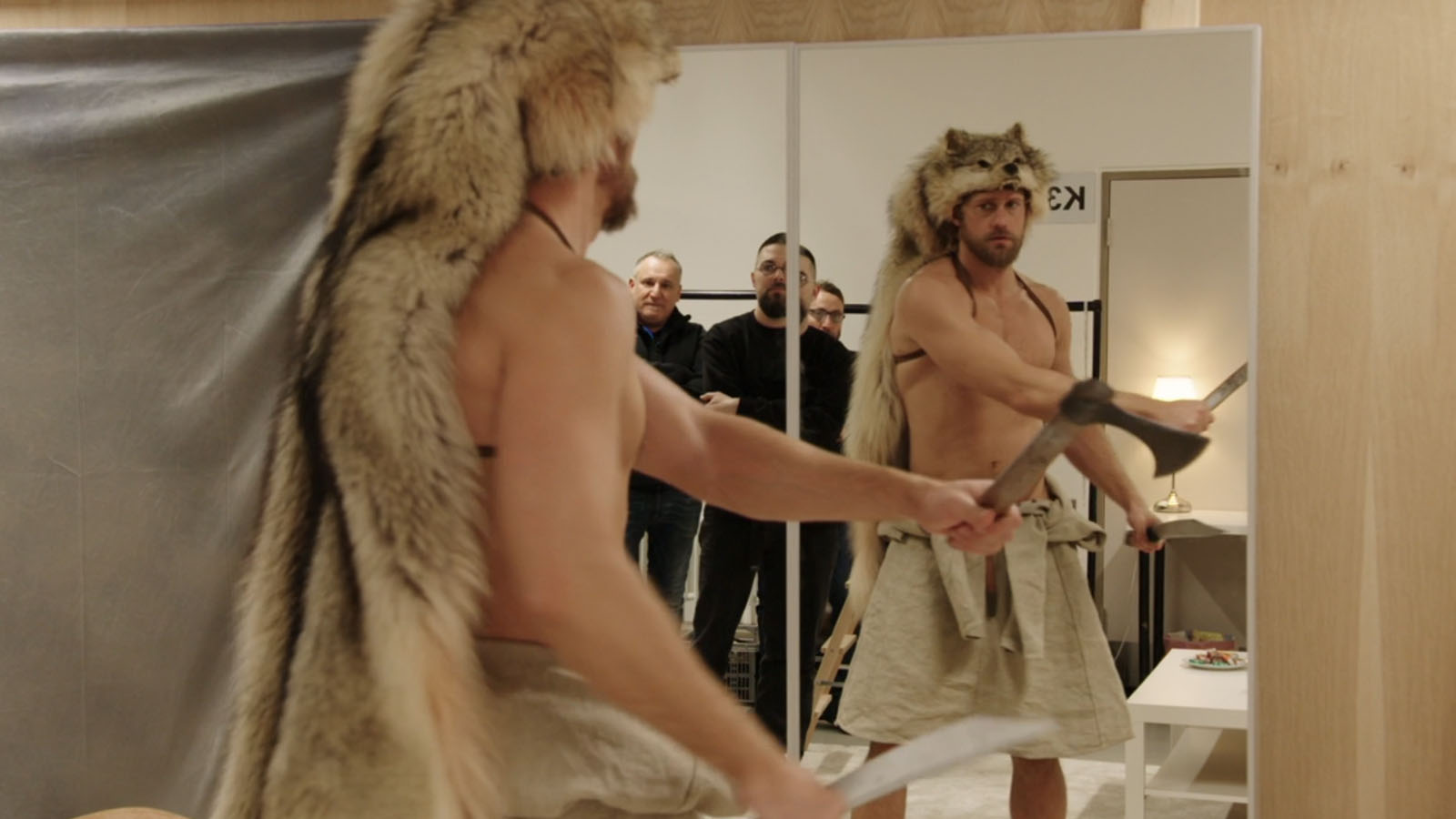
HULLFISH: Tell me about your collaborative relationship with Robert. You’ve worked on these multiple projects. How does that benefit either your editing or how does that benefit him that you’ve worked on so many projects together?
FORD: I know what he likes and he knows that he can rely on me too. He trusts my take choice. Some of the directors that I worked with, I’ll put the assembly together and we’ll start going through it from the beginning to the end, and the directors may want to see every take or a particular take.
A lot of times he’ll just make little adjustments rather than big things. He knows what he’s got before we see it.
It depends on the directors. But Robert, a lot of times will not want to change a take but maybe he’ll want to come out of the scene earlier or things like that.
We just make little changes. A lot of times he’ll just make little adjustments rather than big things. He knows what he’s got before we see it. And I know what he likes. Particularly, with the long oners, I might have 14 of them. Actually, there was one scene that we had over 20 takes of a particular scene.
You kind of know instinctively that the best take is going to be one of the last few. That’s where they got into the rhythm and they got the shot. It doesn’t necessarily mean that you always end up using those because performance is obviously the main thing.
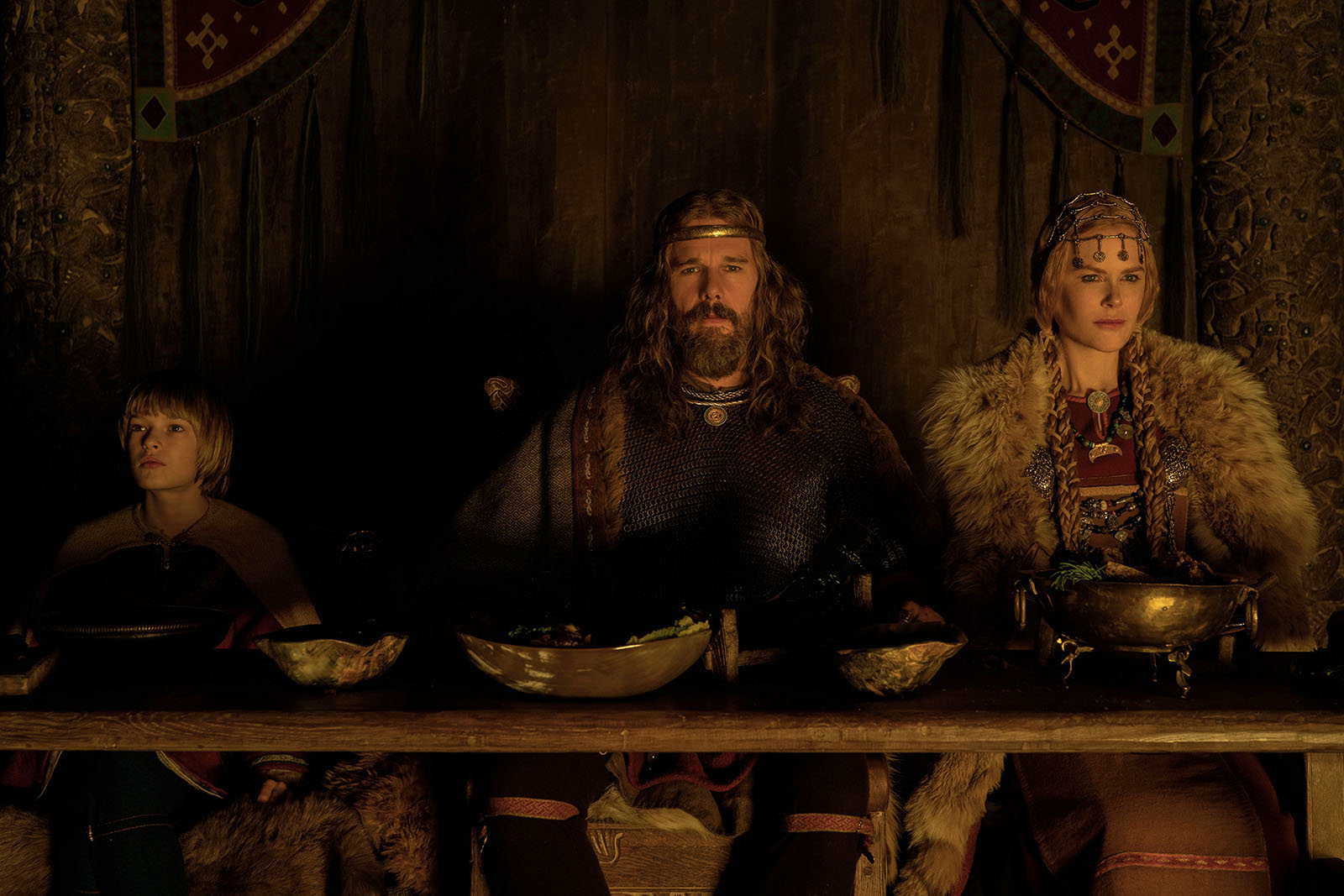
A lot of times they get caught up with the camera work—like that a shot is technically smoother or whatever—but it’s not necessarily the best version. I have to say I’m a little bit dismissive of if the shot is smooth or not. I don’t care about that.
HULLFISH: I remember picking a take on a film and the DP came in with the director to watch it, and the DP was not happy with the take I used, but the director loved it. Performance-wise, that was the take.
HULLFISH: You obviously pride yourself on having a strong aesthetic and knowing what you like, so not only is it about that you know what he likes, but also sometimes maybe what you need to convince him he should stretch himself or do something differently.
FORD: Yeah. Also with this film, particularly obviously, because it’s the first time any of us have worked on such a big budget studio movie.
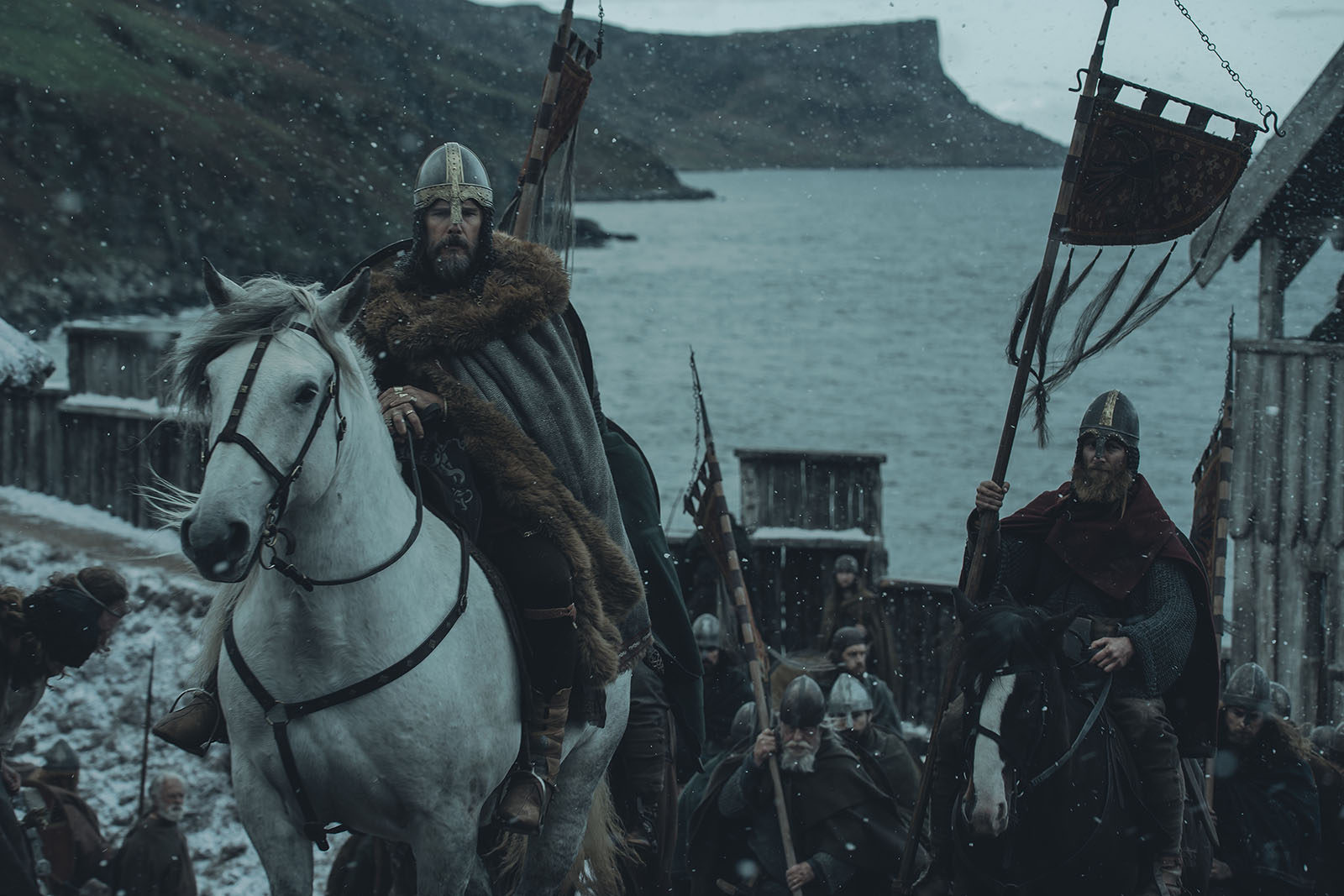
Craig [Lathrop], the production designer, Linda Muir, the costume designer, and of course the DP, Rob and I, are the same crew since The Witch. We’ve all worked on his films.
Of course, we want it to be successful. The critical reviews are great, and we’re very happy that so far they seem to be liking it. It obviously has to be successful at the box office. So, I think Robert relies on us.
There are a certain amount of changes we made during the editing process stemming from studio notes and test screenings—which we’re happy to do by the way. In many respects, they made the film a better film. Definitely. It’s painful, but they push you to a place of making the film better.
I think that Rob relied on us to also be the backstop. I can be candid here: there were some lines of ADR that people wanted to put in, and I’m in the edit room doing it, and I just say, “You can’t do that.”
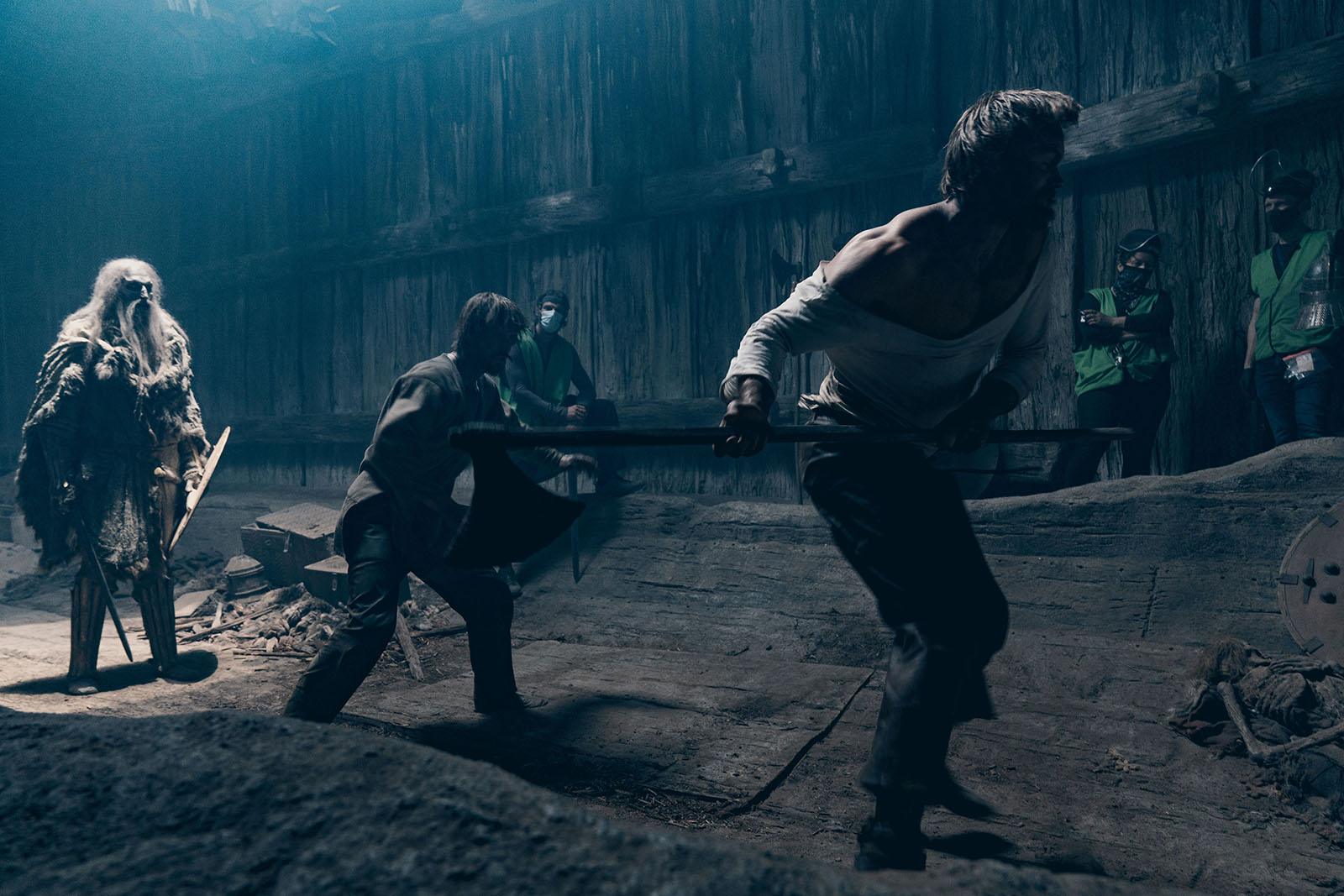
I see it in films now. There was a film I saw recently and there’s a big fight scene going on and somebody runs out into the corridor and the door’s shut and I can hear off camera, “He’s locked the door!” and I just say, “Why?” You have to let the audience know, but it was obvious. So, he’s relying on us to point that stuff out.
I mean, it’s a Robert Eggers film. He wrote it. He directed it. He had his eyes and ears on every aspect. If you do that thing, it’s not a Robert Eggers film, so we didn’t do that. But it was just such a huge shoot. There’s 500 cast and crew in Northern Ireland for five months of shooting, and that’s not even including the pre-production. We were supposed to start shooting in March 2020, and then of course: COVID. We had to wait.
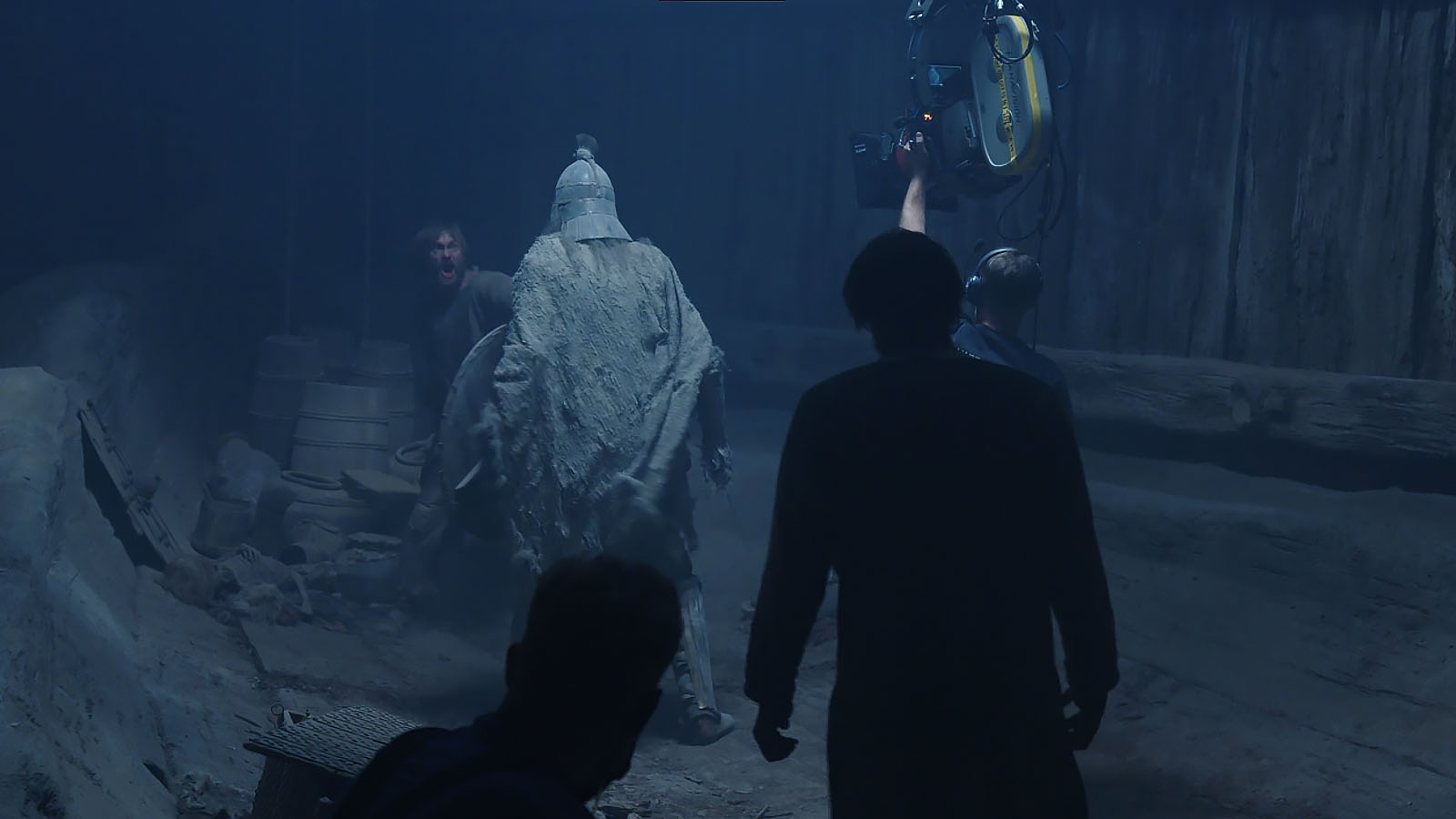
Of course, he was still working during all that time, working on storyboards with Jarin [Blaschke] and he was carrying on working, but I think he has so many of the pressures on him as the director that I don’t see or know about.
HULLFISH: Did you have to edit remotely this time because of COVID?
FORD: No, we just had very regular COVID testing. We took a lot of precautions. Everybody got COVID-tested three times a week. My edit crew and I were at a place called Yellow Moon just outside of Belfast. Brilliant facility, brilliant people. We just wore masks all the time.
So, I was in my room wearing a mask. Paolo Buzzetti, my incredible first assistant, was in the next room wearing a mask. We had a second assistant Jenny [Houston], and we were just very careful.
They shot for five months and most of the crew were local Northern Irish crew, who had been trained through the eight years of Game of Thrones. They were brilliant. They could deal with horses, the demands of this big historical production. They live there, so they were going home to their families every night for five months.
We didn’t have a case of COVID, which is incredible, but everybody was very wary. We weren’t hanging out socially at all. I mean, that was difficult. I left my home and I was living on my own in Northern Ireland for five months. That was a bit of a challenge.
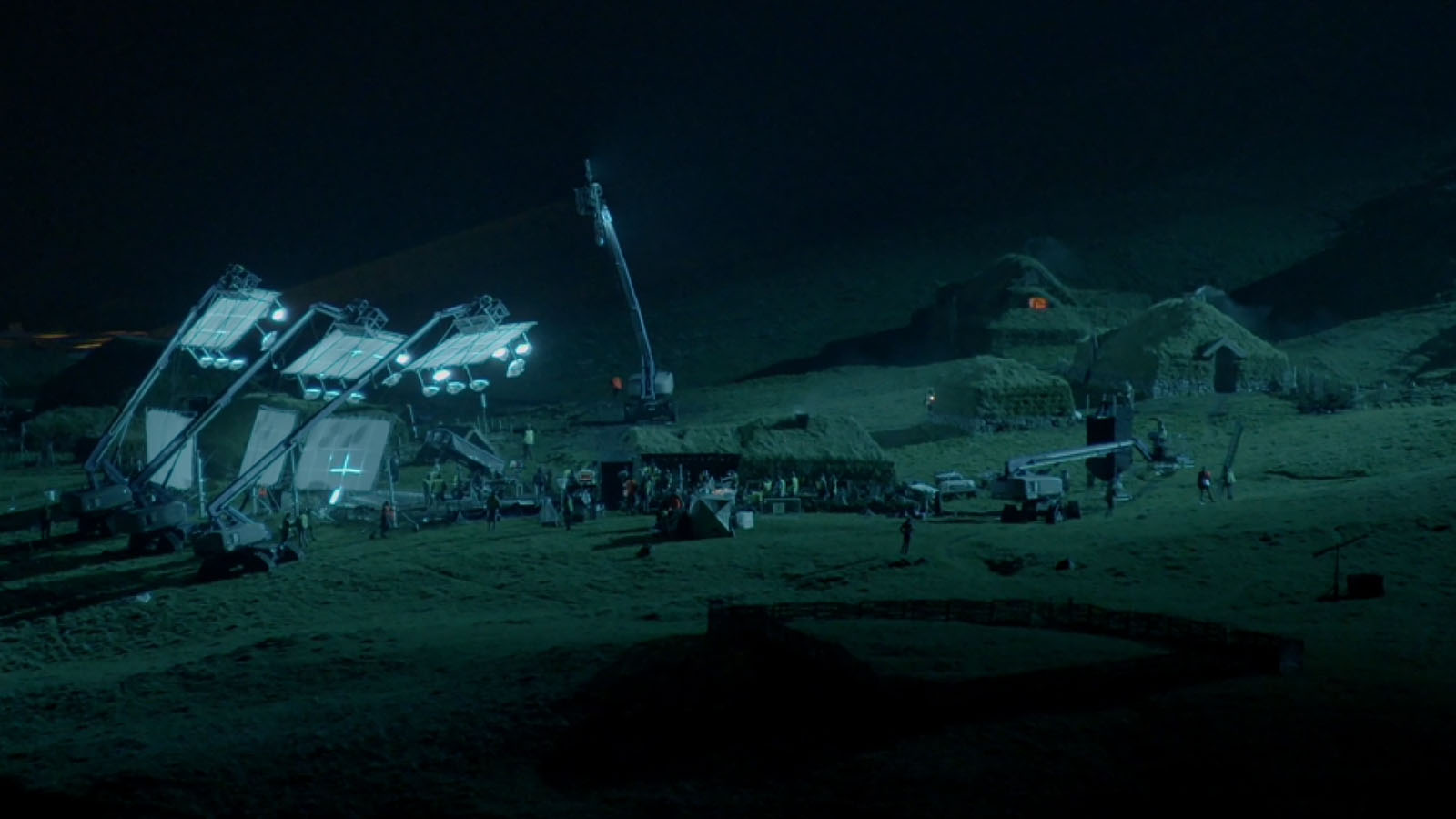
At least when I got to London—because I lived in London for 10 years before I came over here—so I still had a bunch of friends there. So, it was nice to see people. And my family’s in England, so I saw my family. But the five months in Ireland was pretty tough.
HULLFISH: I would love to talk about some oners. People might think, “Oh, this is easy editing. All you have to do is pick the take and drop it into the timeline and you move on.”
FORD: I know a lot of editors and all the editors out there just laugh and go, “Yeah. Right. That’s it. Yeah.”
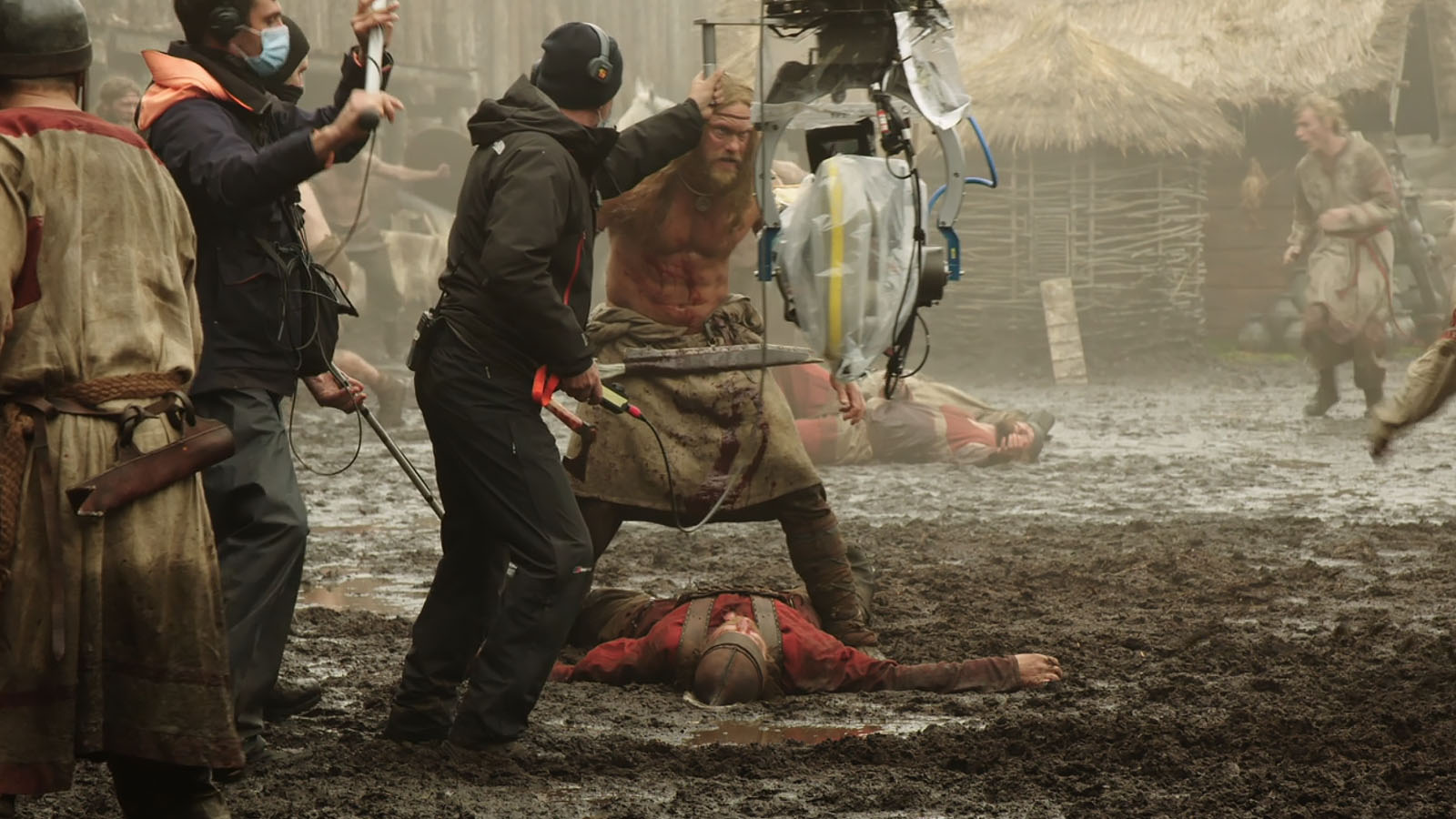
HULLFISH: Tell me about some of the work that you had to do on some of the oners.
FORD: So much cheating, like speeding things up in TimeWarp, even between dialogue, between pieces of dialogue. There were loads of speeding things up. Also the problems that it presents. Obviously, you’re backed into a corner if something’s not working. That’s why you have to do things like TimeWarp effects to speed things up.
We used comps a little bit, although not so many. There were a lot of comps in The Witch. There was one scene in particular with the two little twins with a goat in the middle, and we were trying to get this one shot.
I remember that when the goat was behaving, one of the kids would be picking their nose. When one kid is behaving and the goat was behaving, the other kid would be not engaged because they’re little kids. I think we had to literally use three takes to get the moment where they’re all still and doing the thing we want to do all at the same time.
The funny thing is there is that with the village raid, for example, which I don’t want to take anything away from the shooting here, but everybody’s going to say that it’s one shot. Of course it’s not one shot. It’s actually seven shots, but they’re just stitched together.
The skill from the camera, the camera crew, obviously the director, but also C.C. Smiff, who was the stunt coordinator, who choreographed that entire raid. So, we figured out where the stitches were going to be. Still, it’s not one take.
You mentioned you spoke to Lee Smith about this with 1917. The difficulties it throws up as an editor is when you’re watching one long take with multiple actors interacting in it and multiple things going on in the background and the foreground or whatever, obviously it’s never going to be perfect.
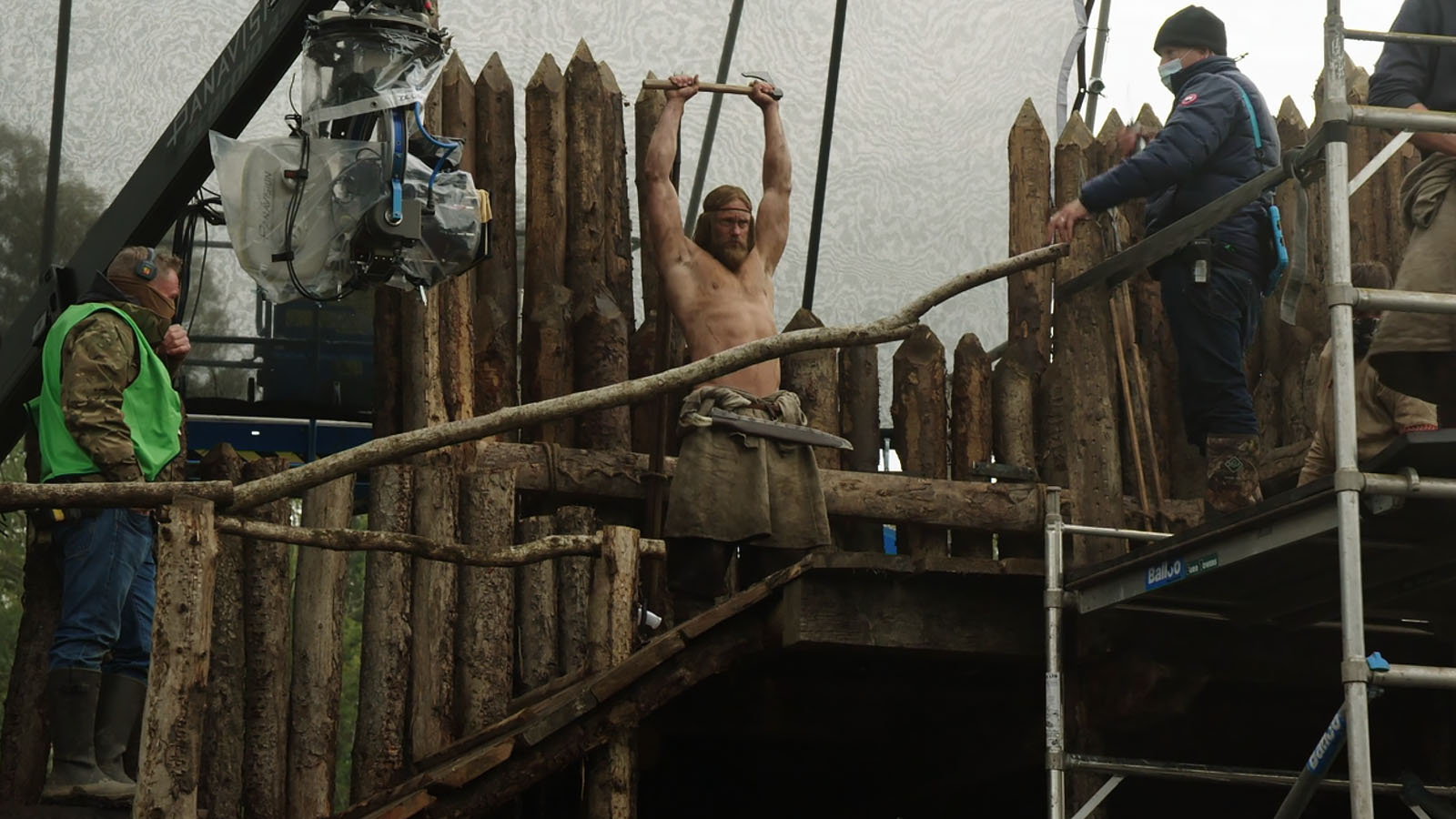
There’s always going to be something that’s not quite right. So, the skill is trying to figure out what the most important thing is. What can you get away with? What doesn’t matter so much? And then it becomes a question of timing when you come in and when you come out
of the shot as well, like how does the scene end if it’s just a oner like that?
There is one scene that has a hidden edit in it. It was not shot that way at all. So sometimes you have to do that.
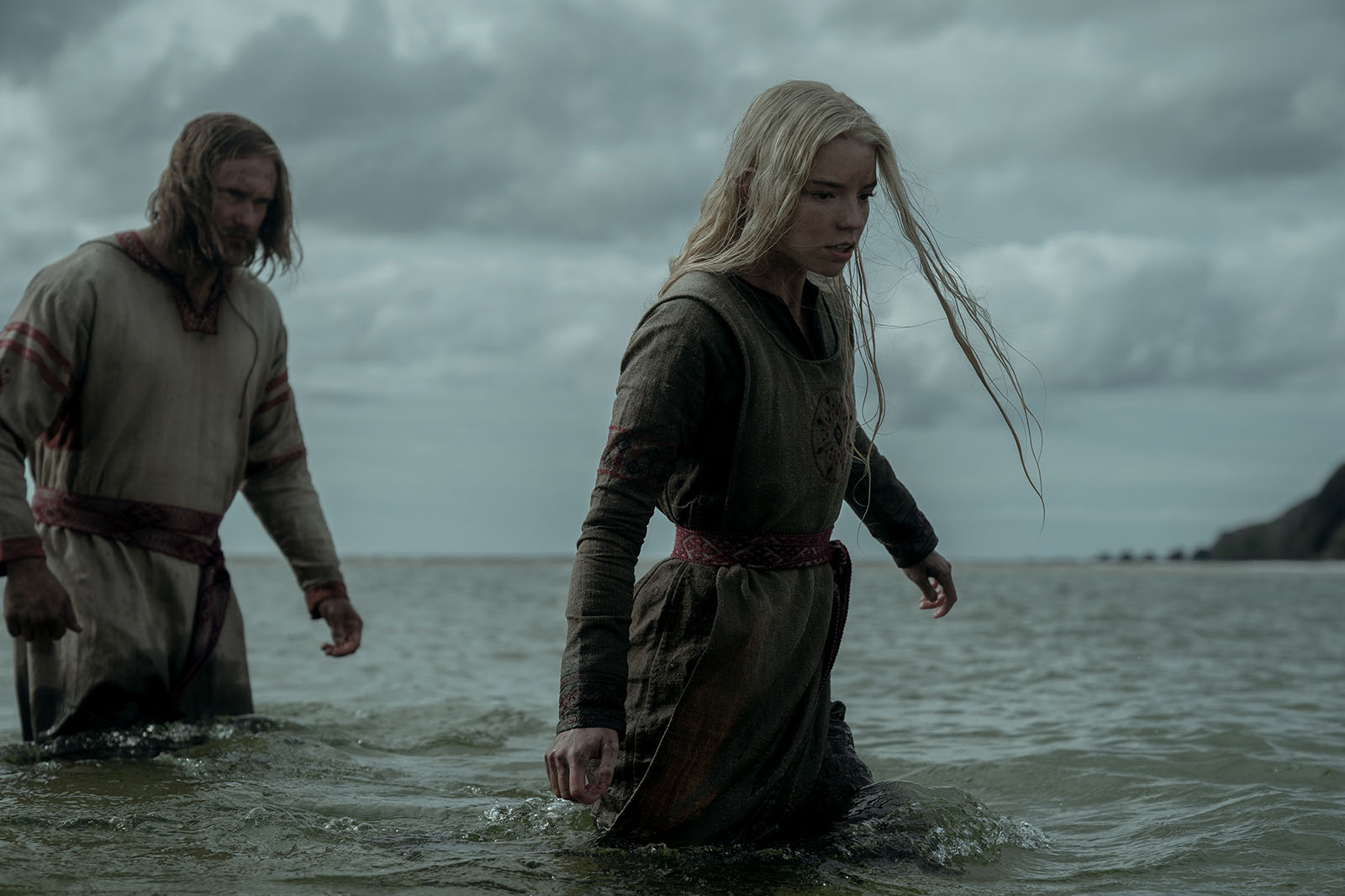
HULLFISH: Was there ever coverage—safety coverage—for any of the oners?
FORD: No.
HULLFISH: That’s directorial confidence, right? That’s just, “I’m not leaving myself a way out. We’re going to get this done my way.”
FORD: There was one in a reshoot, a tiny little reshoot. We shot one shot to enable us to cut into the oner. It was a closeup. That was the only thing. That’s the only time we did that in the whole movie, which is very impressive, I think.
HULLFISH: You mentioned studio notes. But talk to me about the notes from Robert and about the art of taking a note when you get notes from him. How do you feel? What do you do? Which notes do you push back on? How do you push back?
FORD: We’re kind of in the room together the entire time. While he was shooting, he would come in. He’d be shooting Monday to Friday, sometimes six days, but mostly Monday to Friday. Then, there’d be one day on a weekend where he’d come in and we’d go back and forth. It’s just a discussion. We discussed the performance. We discussed what’s going on in the scene—what we should be getting that we’re not getting.
For me, the assembly is my least favorite part. I like it when the director is in the room and we’re firing off of each other.
I’m so collaborative. I know a lot of editors relish the time on their own, and I understand that some people love that, the assembly part. For me, the assembly is my least favorite part. I like it when the director is in the room and we’re firing off of each other and having a discussion about things. So, I don’t have a problem taking notes.
As far as notes from the studio or notes from the test screening. It’s the “note behind the note” thing. You get a note that says, “This doesn’t work. We need to cut that out.” So, the skill and the key and what we did a lot on this movie was to not take it at face value. If that thing’s not working, that aspect, how do we make that work and keep it in?
Sjón, the writer, had this brilliant thing that he said: “We’re smart. We’re creative. If we can’t figure out how to do this, we’re not working hard enough.” That’s why I say that I think that the notes made the film better because it pushes you—especially with something this big.
Inevitably, we’re all human beings and you sort of get to the point where you say, “I can’t think about it anymore. I just don’t want to do it.” But if you just push that extra inch, you end up coming out with something better.
Neil Gaiman—when he’s talked about taking notes on his writing—said, “When they say that there’s something wrong, they’re almost always right. But when they tell you how to fix it, they’re almost always wrong.” You have to figure out how to fix it.
HULLFISH: I’m putting that on a t-shirt.
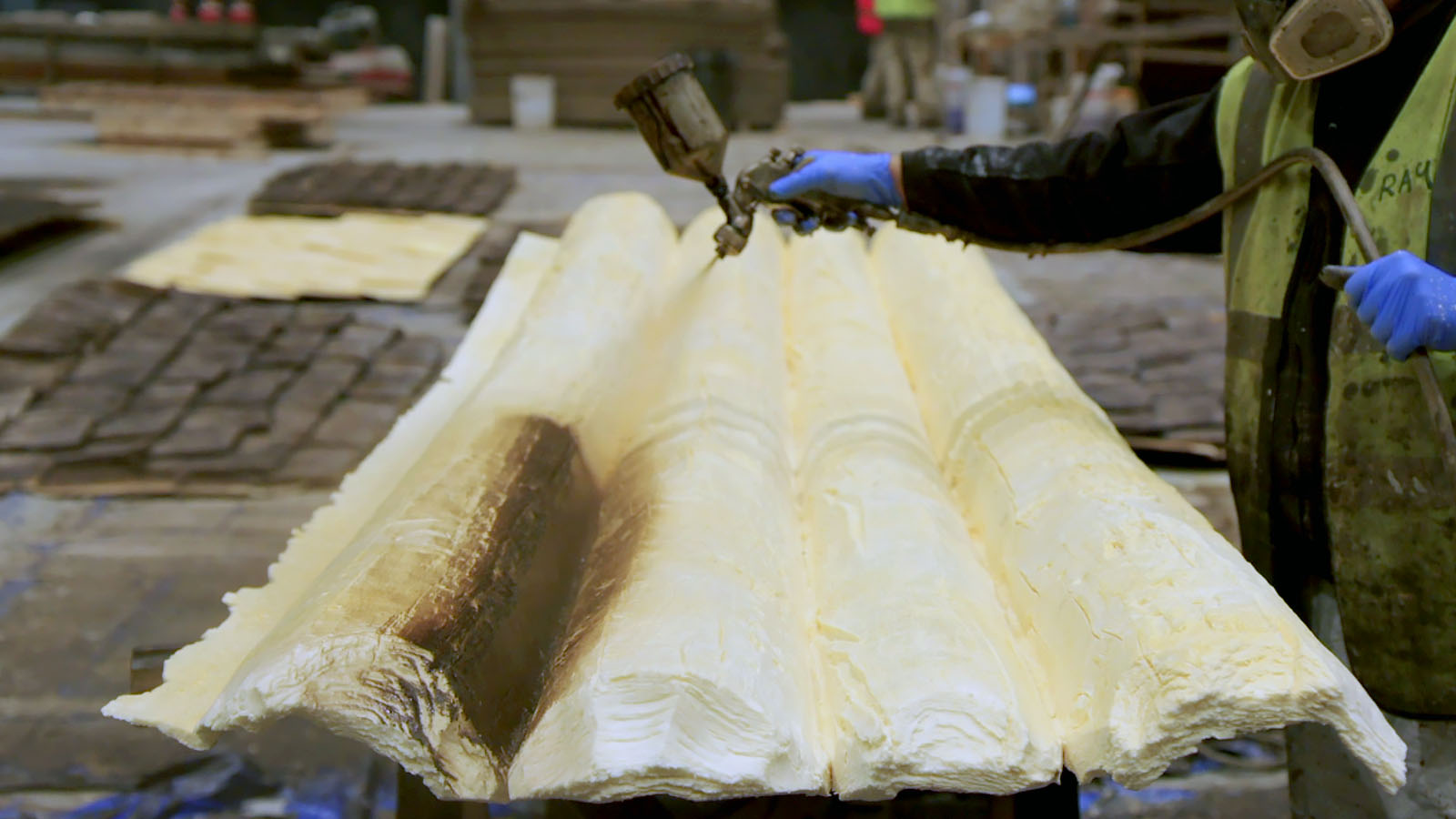
FORD: It’s brilliant. I read that and I thought, “That’s it. That’s exactly it.” I learned from that. When I’m asked to screen somebody’s film and give notes, I stop when I think, “Have you thought about moving this scene there?” All you need to say is, “I didn’t understand why he picked up that knife at that particular moment. It didn’t feel motivated.”
Then, the editor and the director who’re sitting taking your notes, let them figure it out, and they will. They know the best way. They know the best answer. You don’t. You’re not familiar with the material or anything.
HULLFISH: Talk to me about music in this film. What did you temp with? How do you determine the spotting of a cue and where the music should come in—or when a scene doesn’t need music at all?
FORD: There’s a lot of music in this film, as you will have heard. Robin Carolan and Sebastian Gainsborough, were the composers. We were so lucky they were on from the beginning. Robin’s actually British as well. He’s back in London now, but he lived in Brooklyn for a few years. He was already fascinated with Viking instruments, old fashioned instruments, so it was kind of part of the genesis of this whole project that he was doing the music for it.
I was lucky that I got to temp basically with composed pieces from the beginning, which was lovely. For previous films, The Witch for example, or The Lighthouse actually, they were both composed by Mark Korven. We temped with multiple pieces of classical music.
In The Lighthouse, there’s a scene that had maybe 30 tracks of different pieces of classical music. So, it was kind of like composing using pieces of completely different things.
But for this, we had Robin. I can’t remember how many pieces he composed for this. There’s over 40 pieces of music. It’s insane. When you think that he has never scored a movie before. To go from zero to this massive epic big budget studio picture, it’s insane that he managed to do it. I think it drove him a little bit nutty, but he got there. I think his work is amazing.
When we started doing test screenings, that was one of main things people liked about the movie: the music.
As for how I decide where to put it—in this film there wasn’t much debate about that. Robert tells me why he wants it. He puts it everywhere. In previous films, we’d been working more with temp score. You just feel it. I always want to try and sneak it in so you’re not aware of it.
That’s the same with my editing as well. I know it’s old fashioned. I just don’t want you to look at the editing.
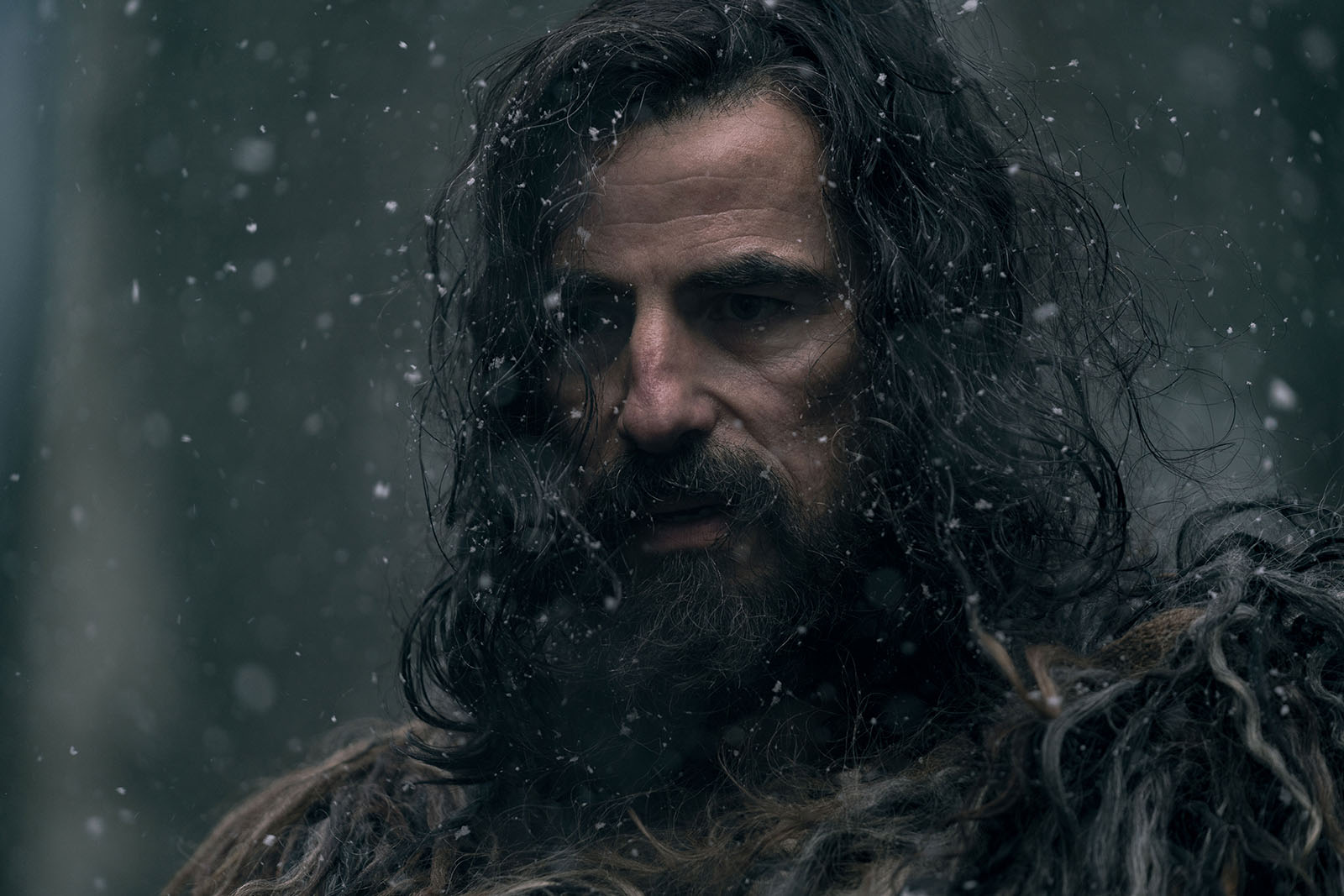
That scene with Nicole and Alex, I just thought, “My hope is that you’re absolutely wrapped up in what’s happening there and you’re just not even thinking about it. I’ll probably never win an award for editing a Robert Eggers film—or any of my films actually—because I’m just not into showy editing.I love the editing in movies like Zola. I think that was one of the best edited movies last year by Joi McMillon. That’s got some really flashy editing, but that film can stand it. That film demands that.
HULLFISH: What about sound effects?
FORD: While I was putting the assembly together, my assistant editor, Paolo, would go to town with sword swings, punches, fire… We got everything in there. Fire, wind, rain. It’s a lot.
But their instinct as actors is so good, when I first look at the scene, I time it with the dialogue.
Sound to me is so important. I know that doesn’t make me unusual, but I use sound to make my edits all the time and with dialogue too. For example, I did a film called Bad Education with Hugh Jackman and Allison Janney, and they shared a few scenes together, and it was the same with Alex and Nick in The Northman.
But their instinct as actors is so good, when I first look at the scene, I time it with the dialogue and then I decide where my picture edit is going to be because they’ve got the rhythm down.
Then, I use sound a lot, maybe too much sometimes, for the hard cut. There’s a lot of that in The Lighthouse and probably The Witch. I love a good hard cut on a loud bit of sound.
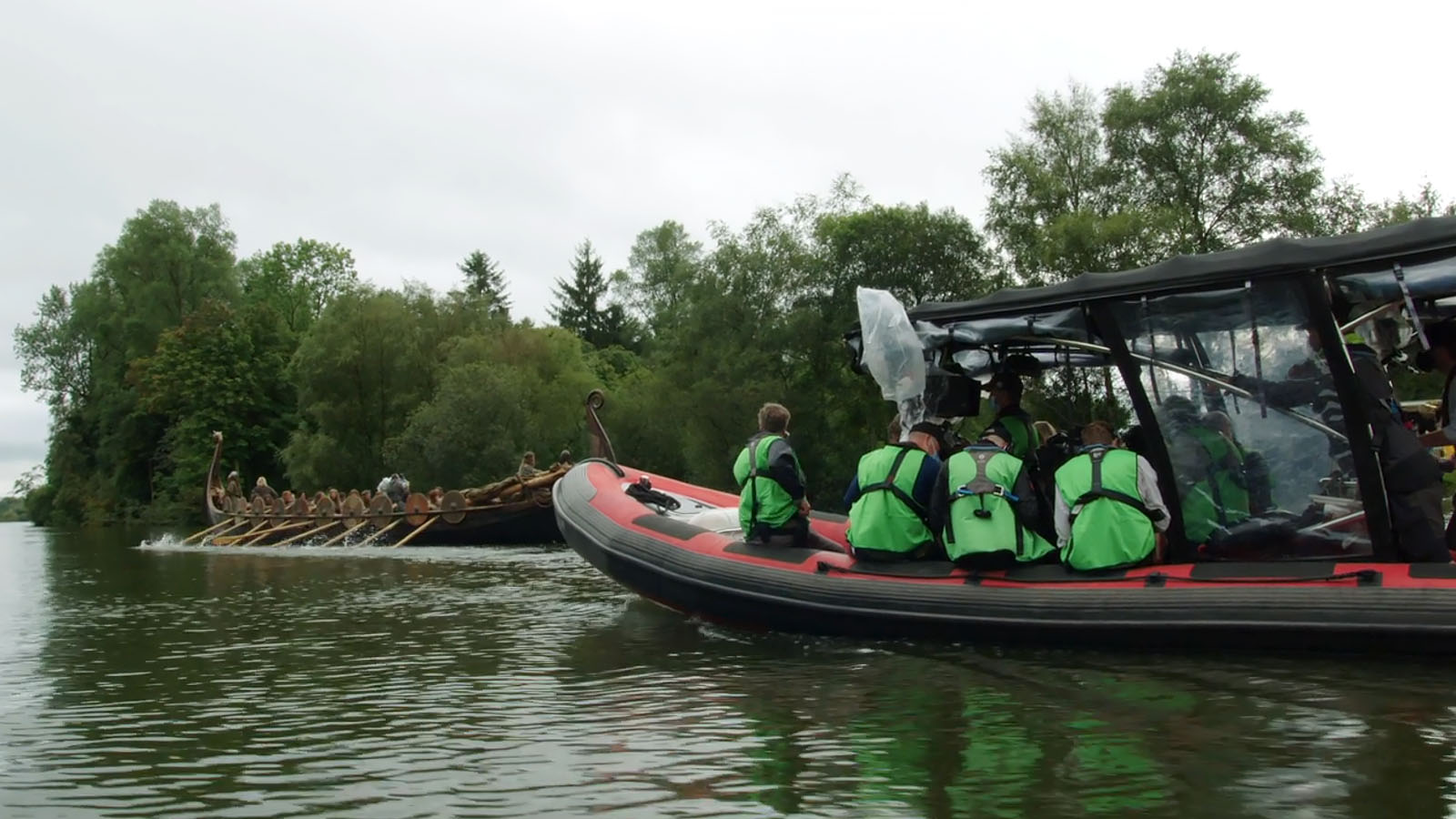
In this film, there’s so much sound going on all the time you’re probably not even consciously aware of it.
HULLFISH: In your cutting room, what are you monitoring with? LCR, 5.1, or stereo?
FORD: Stereo. My assistant actually asked me on this one whether I wanted 5.1. I’ve never used it to offline edit with, and I just felt like it would be too much to do that. We’ll do that in the mix stage. Also, when you spoke to Joe Walker, he mentioned that when you’re sitting this close, the 5.1 is not going to really help you.
HULLFISH: I’m assuming you cut this in Avid. Have you tried any other NLEs or have you always been Avid?
FORD: I trained in Final Cut Pro actually, but the old version, Final Cut 7, and I clung onto it. I cut The Witch in Final Cut Pro 7. That was 2015, seven years ago. When they did the big change to X.
I just couldn’t go on with that at all. Also, I did a film called Don’t Breathe with Fede Alvarez, that was cutting in LA, and I remember saying to the post production supervisor, “Can you find me a Final Cut assistant? He said, ” There aren’t any in LA.” I said, “But I don’t feel confident about doing Avid. I haven’t even cut a short in it.” He said to me, “With a week’s worth of dailies, you’ve cut a short.”
So, I did do a week intensive Avid training course before I did that. Every shot was multicam on that film. I had edited a little multicam before that, but this was a minimum of three cameras. Some scenes were six or whatever. I learned Avid cutting that movie. It was intense.
HULLFISH: Let’s discuss molding or finding the temperature of a performance. Some actors will give you cool, warmer, and hot. How do you choose that? Also, as you see the film in context, do you realize that maybe you’ve made the wrong choice when cutting dailies because now you’re seeing it over an arc?
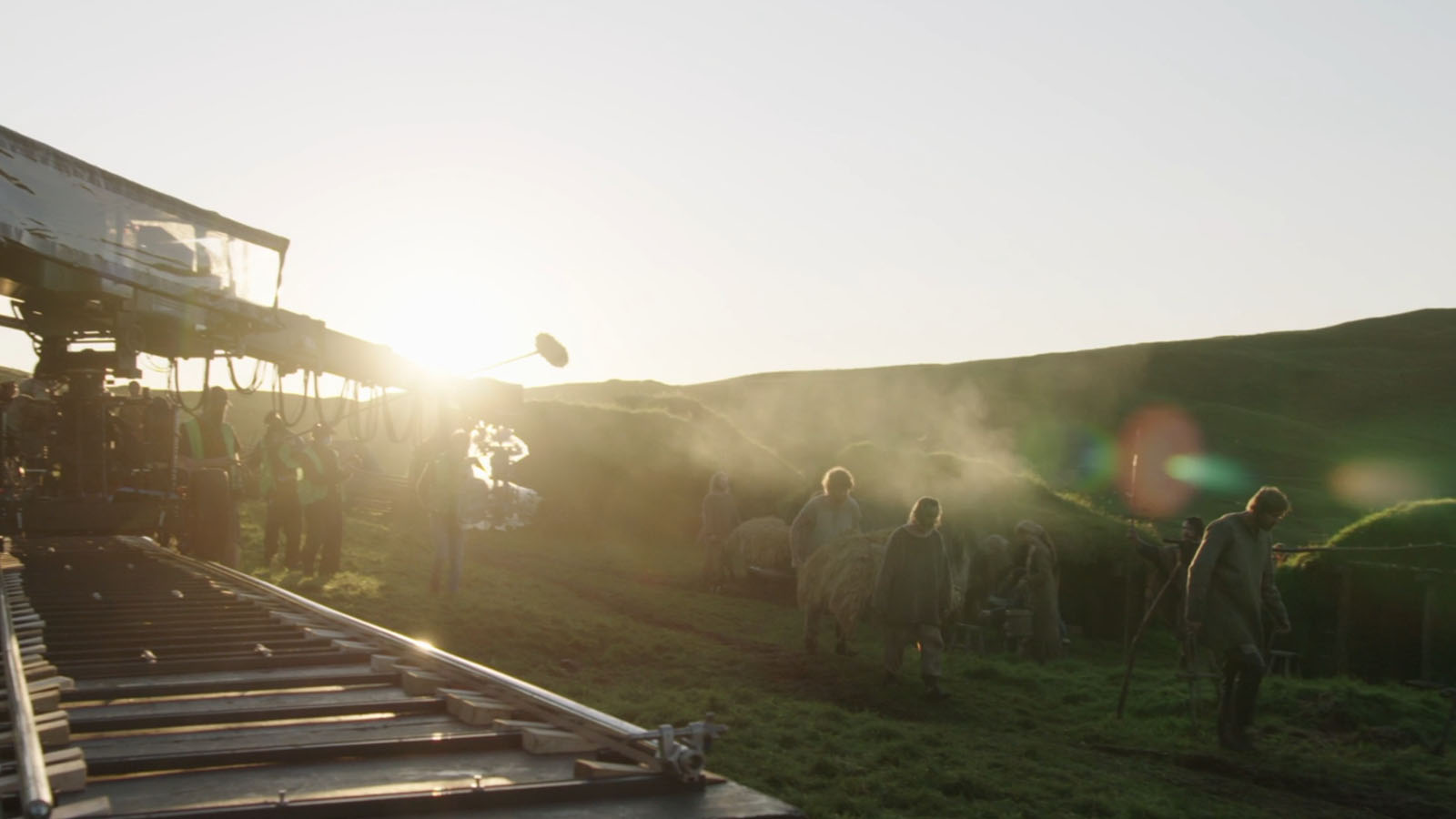
FORD: First time you watch the assembly down is when you go, “Oh shit. They didn’t need to be that angry there. We could have saved that until later on.”
HULLFISH: You tend to go for the more emotional on the first cut, right?
FORD: Yeah. But being a good feature film editor is all about the macro edit. It’s how you pace the rhythm and the emotion across the whole movie. So, of course it’s difficult during dailies because most films shoot out of sequence. 99 percent of films shoot out of sequence. So, you’re having to cut a scene towards the end of the movie and you haven’t even seen the footage or shot the footage from the beginning of the movie. So, the script is my Bible.
I get the dailies in and the first thing I do is read through the scene again and just start cutting. Let’s say a character’s going to have a breakdown in scene 16, so in scene 10, you don’t want them massively emotional. You got to save it until then.
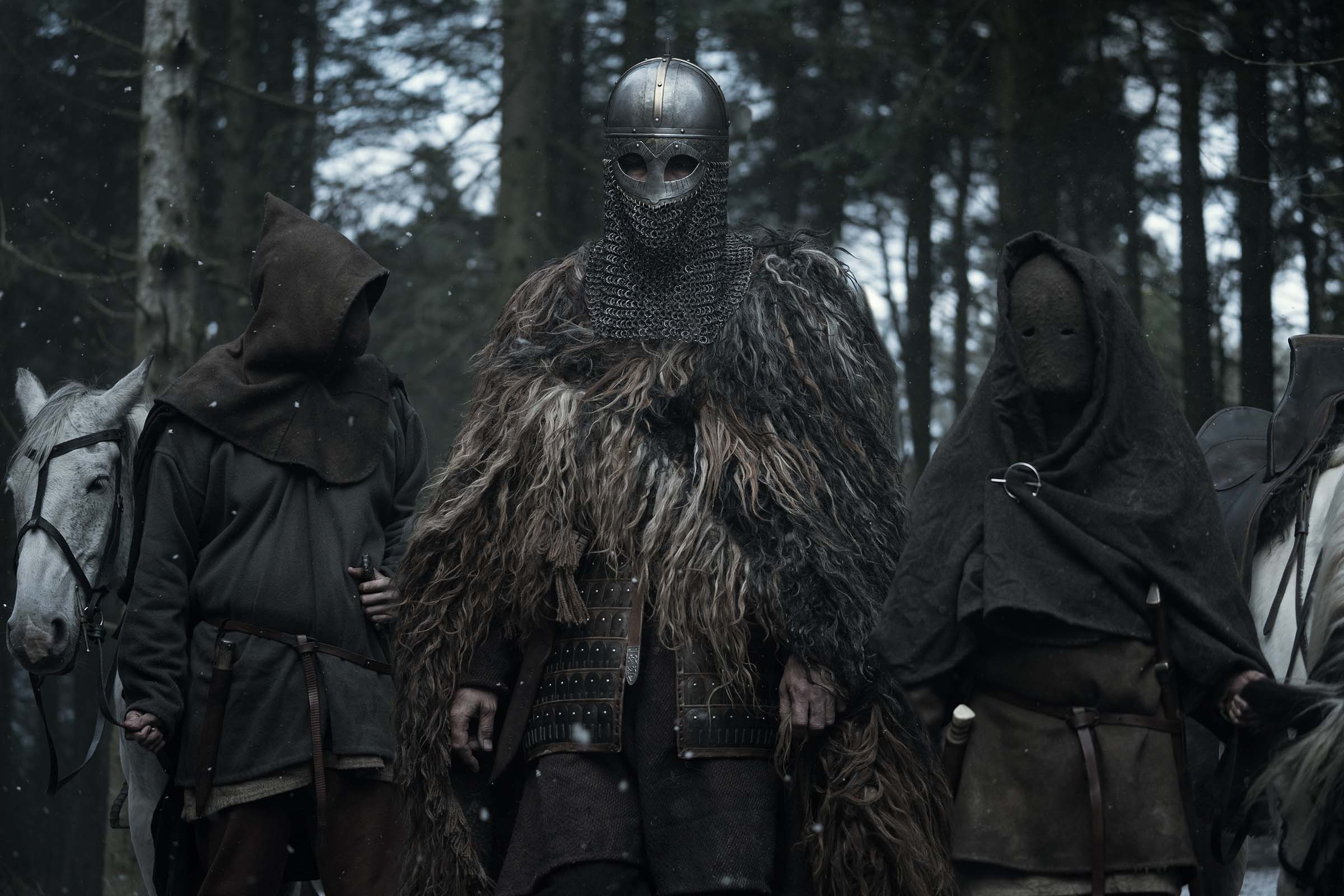
It seems pretty logical to me. I suppose it’s painful if an actor gives you an amazingly brilliant over-the-top performance, but you can’t use it. That’s frustrating. I haven’t really come across that.
HULLFISH: Hopefully the actor is also reading the script, realizing that they can’t give that performance.
FORD: I do remember my first internship. I was very lucky to be on a movie that Jeff Bridges was in. I couldn’t believe I was allowed in the room to watch the takes. He was playing a writer who was having writer’s block, and there was a scene where he’s on the phone to his agent and his agent is saying, “Where’s the book, dude?”
In one take, Jeff played it where he was angry saying, “I’m doing my best. Get off my back!” Then, the next time he was crying and upset. Then, another take he was just cool and relaxed. It was amazing to watch that. An actor that good can just flip like that.
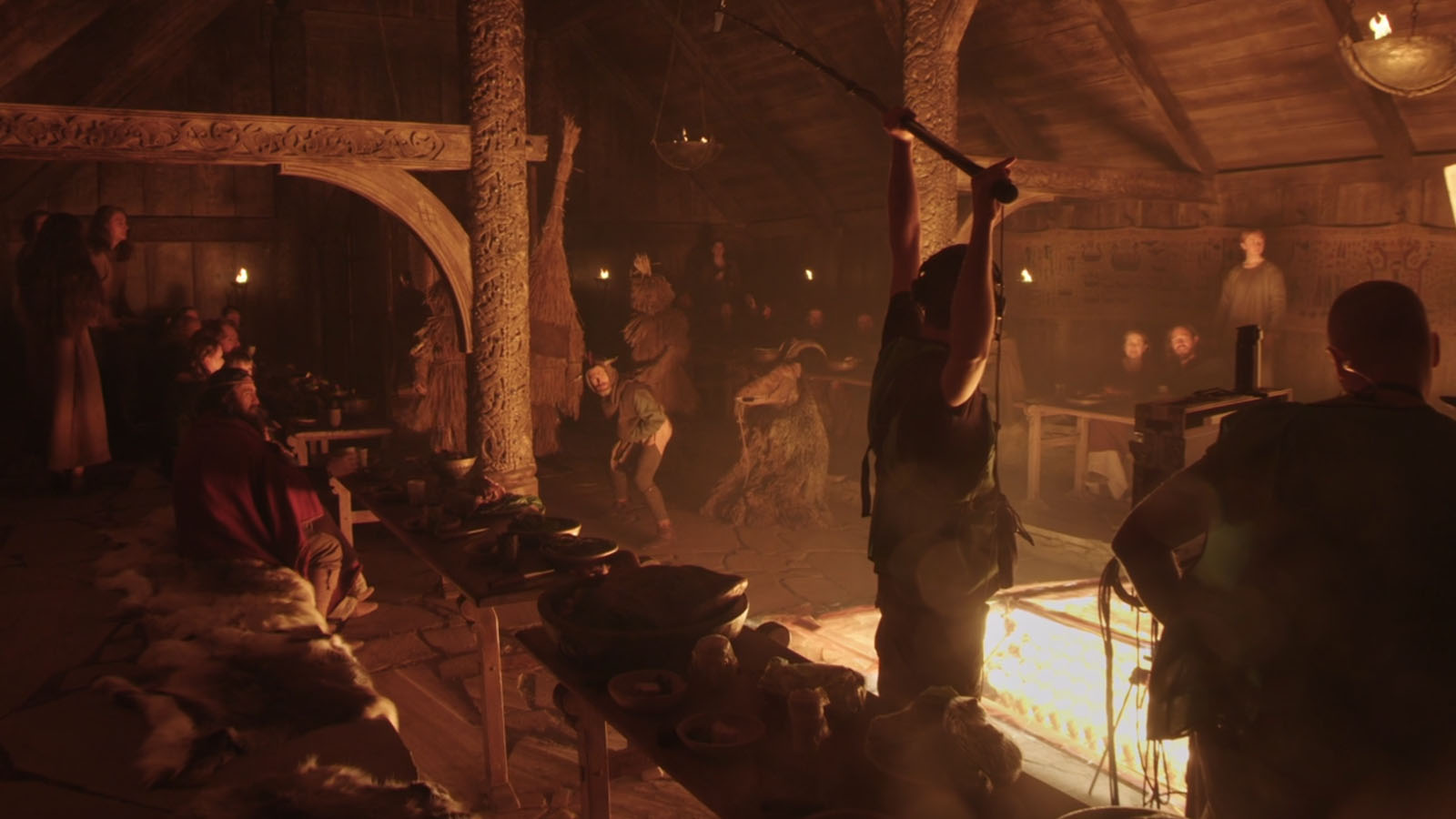
Willem Dafoe’s like that. Robert would say, not so much on this but on The Lighthouse, ” Okay. Give us one where you’re like gleeful,” and he’d say, “Okay, sure,” and he’d just turn it on. “Now next one. Now, you’re absolutely devastated,” and he do it. He could just do it.
On a more traditional Hollywood movie where they shoot a lot coverage, you might want to move scenes around and then maybe the agent phone call, if it’s at one part in the movie, you might need him to be really angry. And if it’s at another part in the movie when something bad has happened to him, maybe he needs to lose it and be very sad and upset about things. So, I could see how that would be useful.
I like films where it’s there in the script and the director knows exactly what’s going to be happening. To me, in my experience, you end up with the best movie that way.
HULLFISH: Absolutely. You mentioned how you start to edit on dailies. Can you explain how you watch dailies and then what you do when you’ve got a blank timeline? Are you cutting from stringouts or do you just cut from the clips in the bin? What do you do?
FORD: While my assistant is prepping dailies—the last couple of films I’ve been watching dailies on PIX which is internet dailies which are very secure—and with PIX, you have to make a playlist, otherwise they just stop playing.
The first thing is I go to my script notes, and I’ll see we’ve got eight takes. I don’t watch every single take in the PIX stage. I wait till I get my dailies in—actually prepped in the AVID in scene bins.
But for the PIX stage, what I tend to do is watch three circled takes of each angle on PIX. While I’m doing that—usually in the morning—my first assistant will be downloading them, putting them all in scene bins, giving them the right titles… but I also like ScriptSync.
I rely on ScriptSync. I know a lot of editors like stringouts of every line in some cases, but I find ScriptSync so efficient for that that I don’t need to stringout. Basically, I’ve watched three circled takes of each angle for that date’s shooting, and then by the time that happened, maybe it’s lunchtime. Then, after lunch, I’ll get my dailies in the actual Avid, and then I’ll watch the other takes as well. Sometimes I do make notes in the script like, “This one’s not good because of this.” Then, I just start cutting straight away.
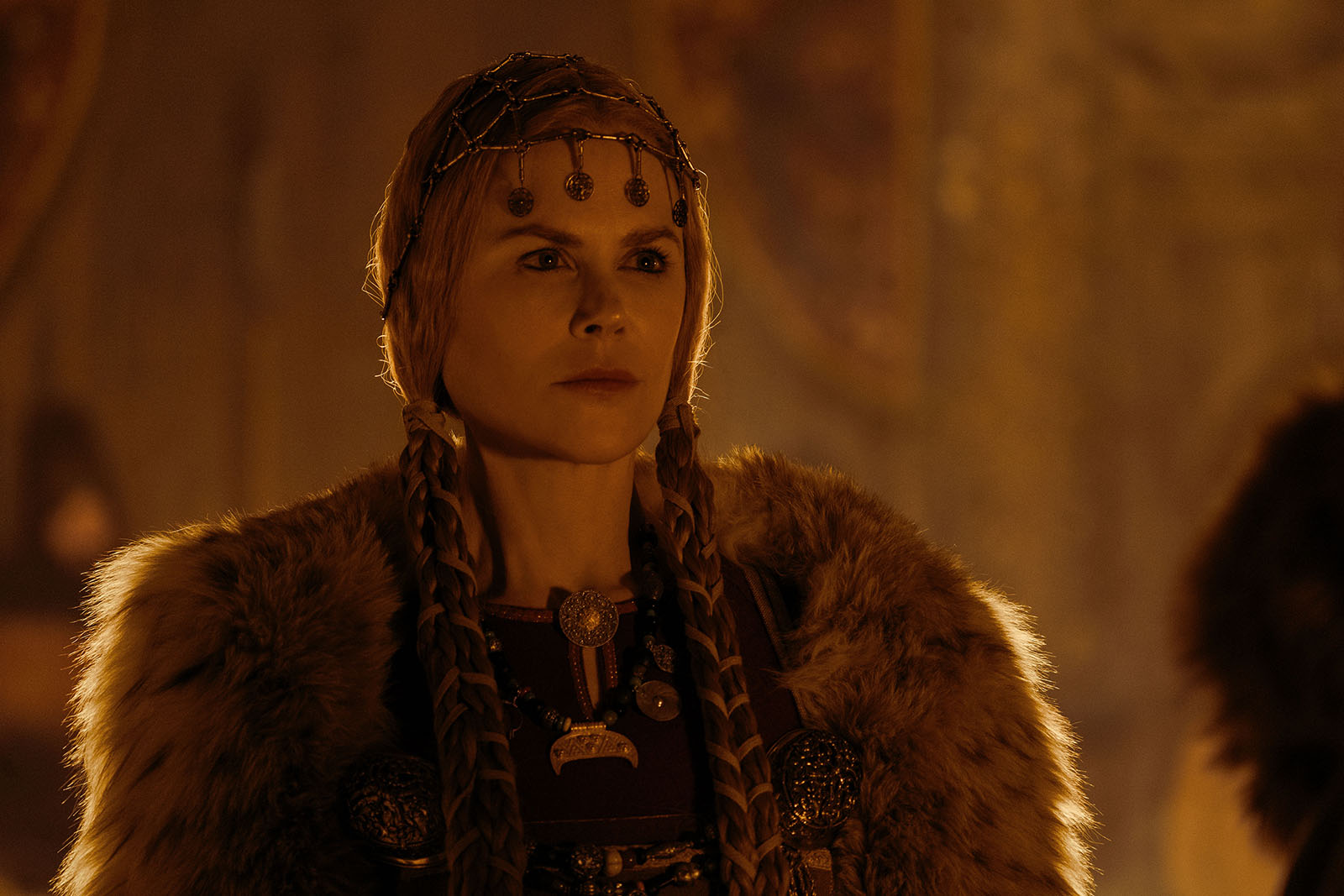
HULLFISH: Did the structure change at all in editing?
FORD: Interestingly we lost some scenes at the beginning of the movie.
HULLFISH: The first act is usually where scenes get dropped, right?
FORD: Right. It took a while to get there. My instinct quite early on was, “This is taking too much time,” but it’s a very delicate and sensitive process, especially if the director’s written the script as well. Robert is quite ruthless with his own material. He never has a problem with getting rid of stuff, but for whatever reason, sometimes you’re attached to particular scenes or performances. There were quite a few—maybe four scenes—that we lost from the beginning of the movie just to get us moving into the story quicker.
Robert is quite ruthless with his own material. He never has a problem with getting rid of stuff.
Then, throughout there were a couple more scenes that got deleted. So, it’s not so much that we moved stuff around. It’s more that we just took things out. That’s normal. Sometimes, you need it on the page and then when you see the film you see, “Oh, we don’t need that scene,” because all of a sudden it becomes apparent that the information that you thought you needed to get across in that particular scene, actually already exists somewhere else already. Now you don’t need it, so get rid of it.
HULLFISH: That goes to your point of the skill of a feature film editor is in the macro.
FORD: Right. I do have to watch myself. Having just finished an assembly on the next film, I noticed that sometimes I can get caught up on the little things. When I’m putting a scene together, I get too drawn into trying to get everything in, and then you end up with a scene that’s so cutty.
I try to remember Dede Allen saying, ” You don’t cut unless you have to cut.” It’s a waste of time at the assembly stage anyway, because a lot of it is going to get changed as you go along.
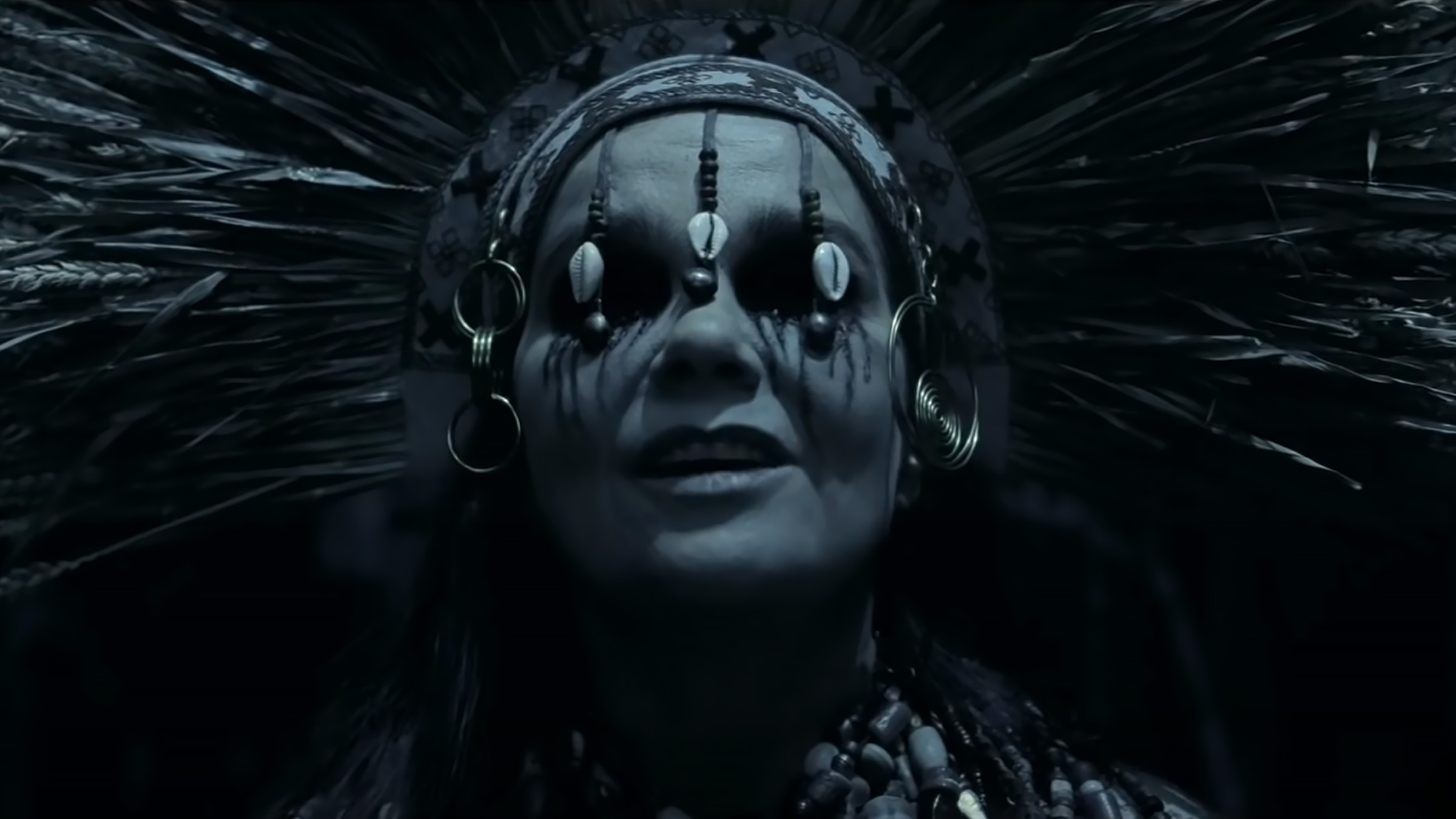
I think it was Soderbergh that made that point in an interview I read. Obviously, he storyboards and edits his own movies. That is the most important thing. The macro, not the micro. Of course, Thelma Schoonmaker said, “Continuity’s for sissies.”
HULLFISH: I was thinking of Thelma when I was watching some of this film because of the classic Thelma quote where somebody said, “As a woman, doesn’t all of the violence in Martin’s movies offend you?” And she said, “They’re not violent until I get done editing them.”
FORD: (laughs) That’s true. That is absolutely true. Like I said, I see all the rubbery swords bouncing off and bending and all that, so it was my job. That fight scene at the end, that’s all about choosing those moments of the most intensity because for every intense moment in that sequence, there were ten that weren’t quite there. So, you make it. Sound, of course, is a huge thing, but absolutely the timing.
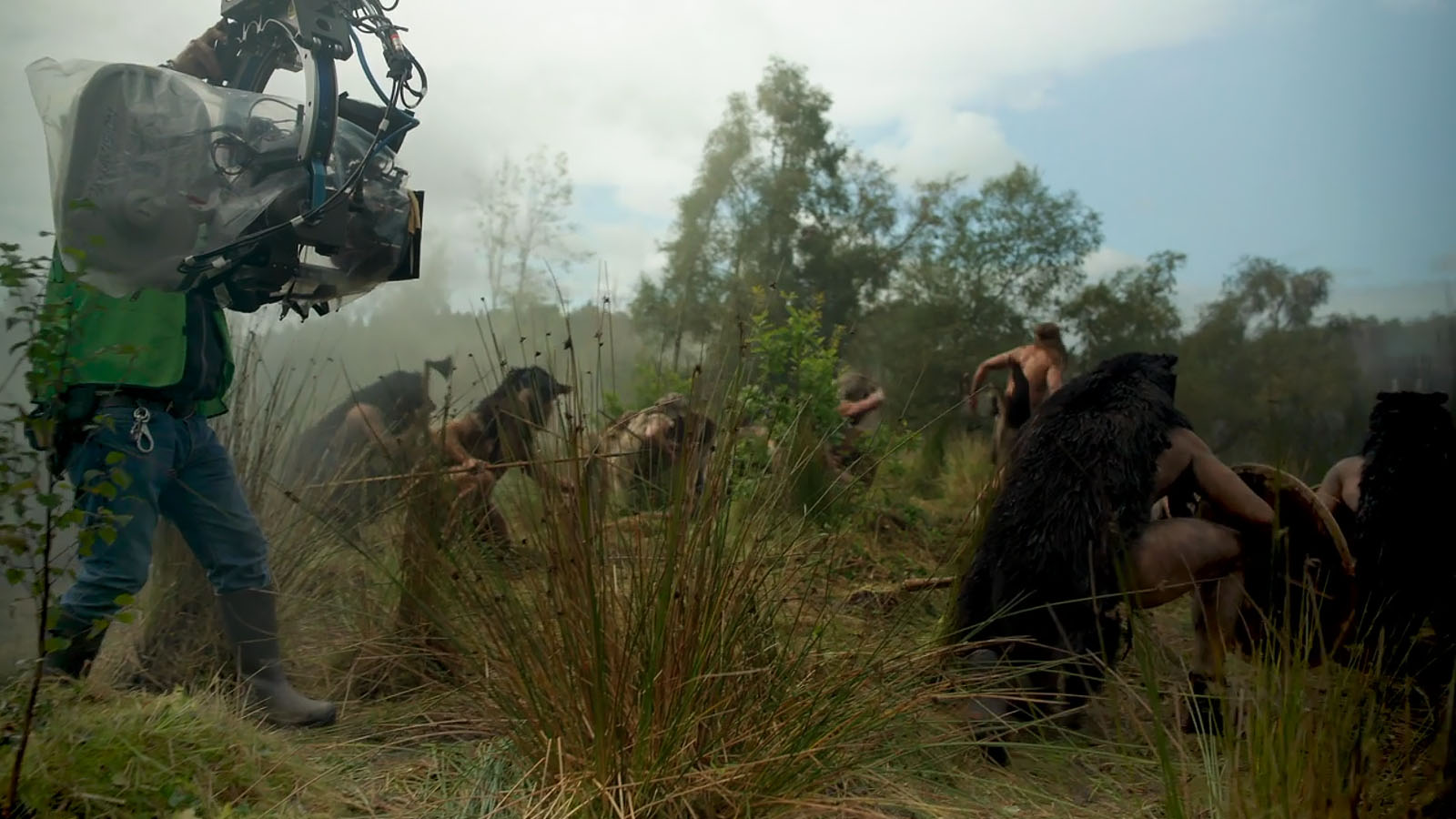
I’m glad you mentioned that because I love cutting action. I love it. It’s a different skill. It’s literally the most frame-accurate cutting that you ever do.
Whether it’s people having a fist fight or a sword fight, literally one frame makes a huge difference to whether it has the impact that you want it to have, or even whether it looks real or not.
HULLFISH: Absolutely. Louise, thank you so much for this great interview and congratulations on a great film. I hope it has success at the box office.
FORD: Thank you for doing me the honor of interviewing me, Steve. I’ve been listening to your podcasts and watching them for years. So, thank you.

